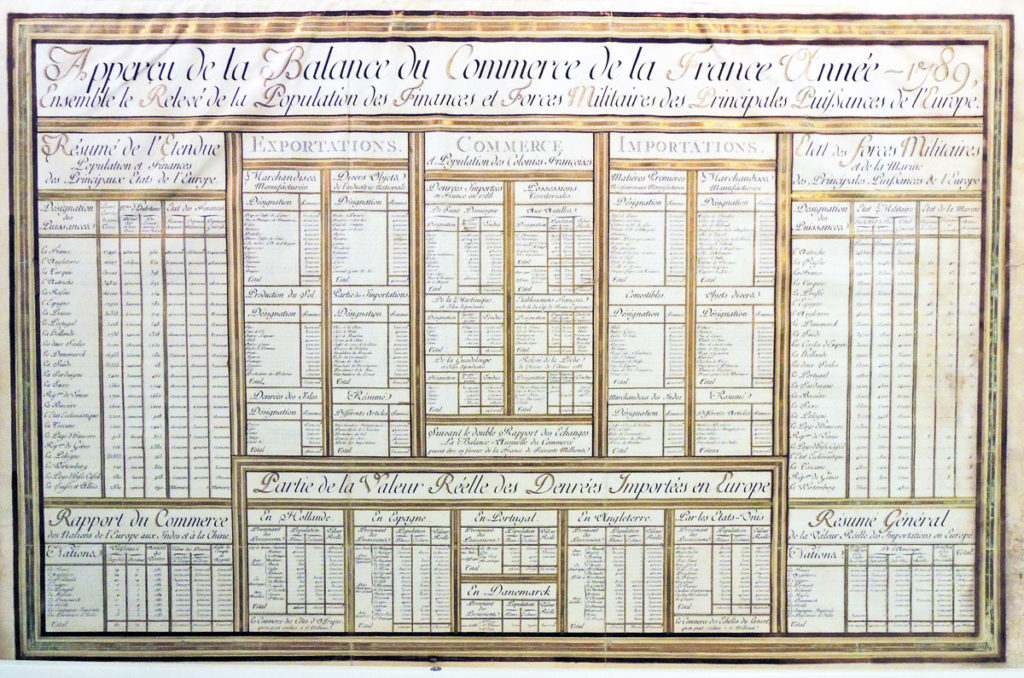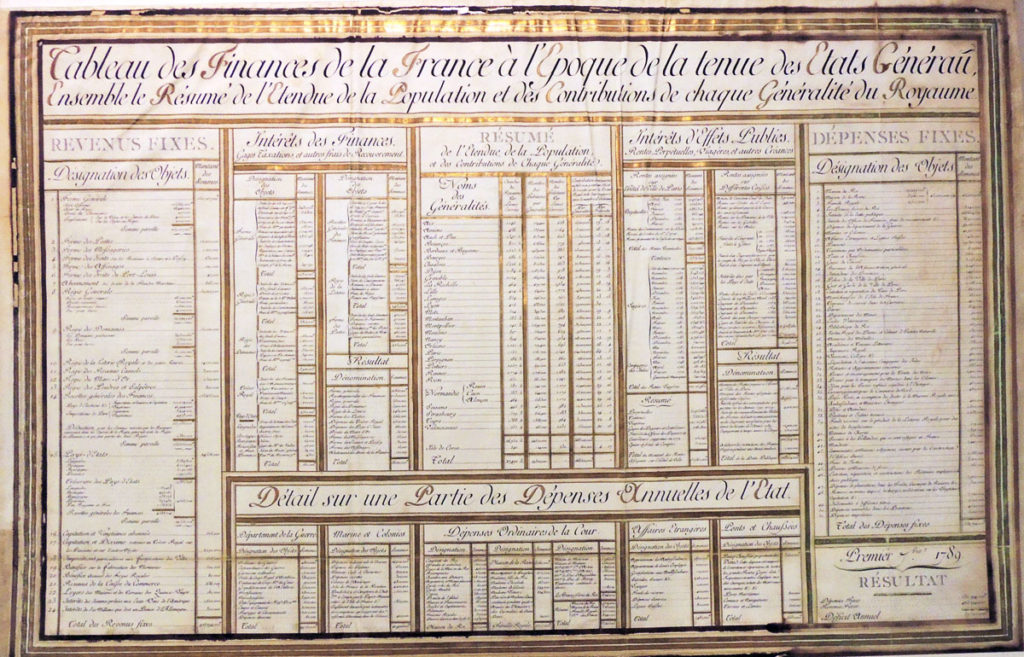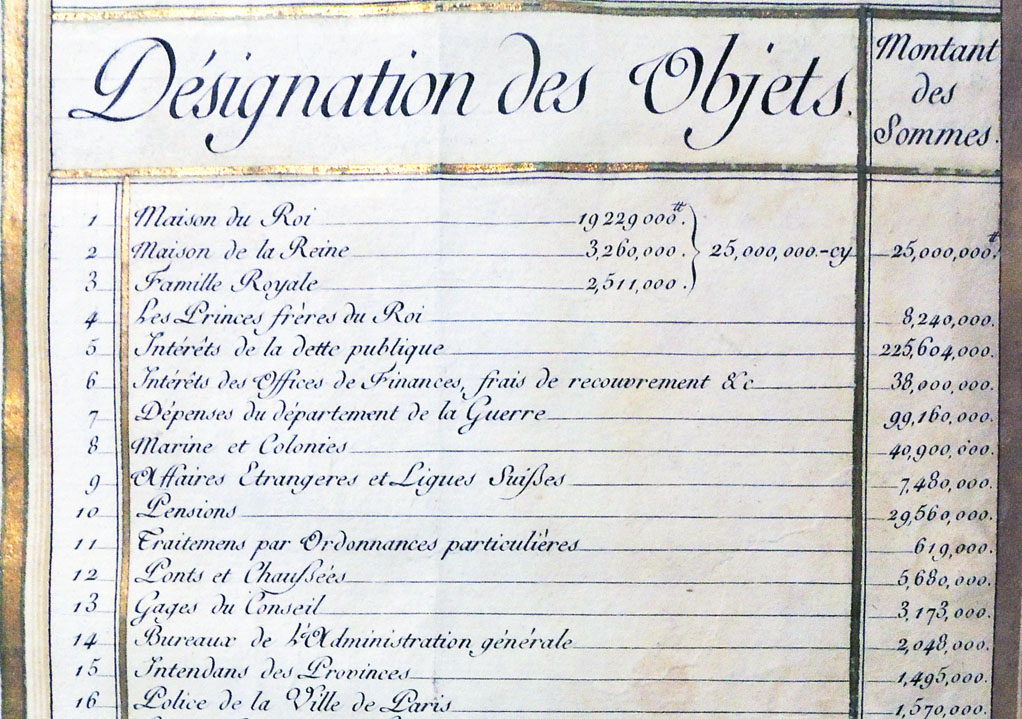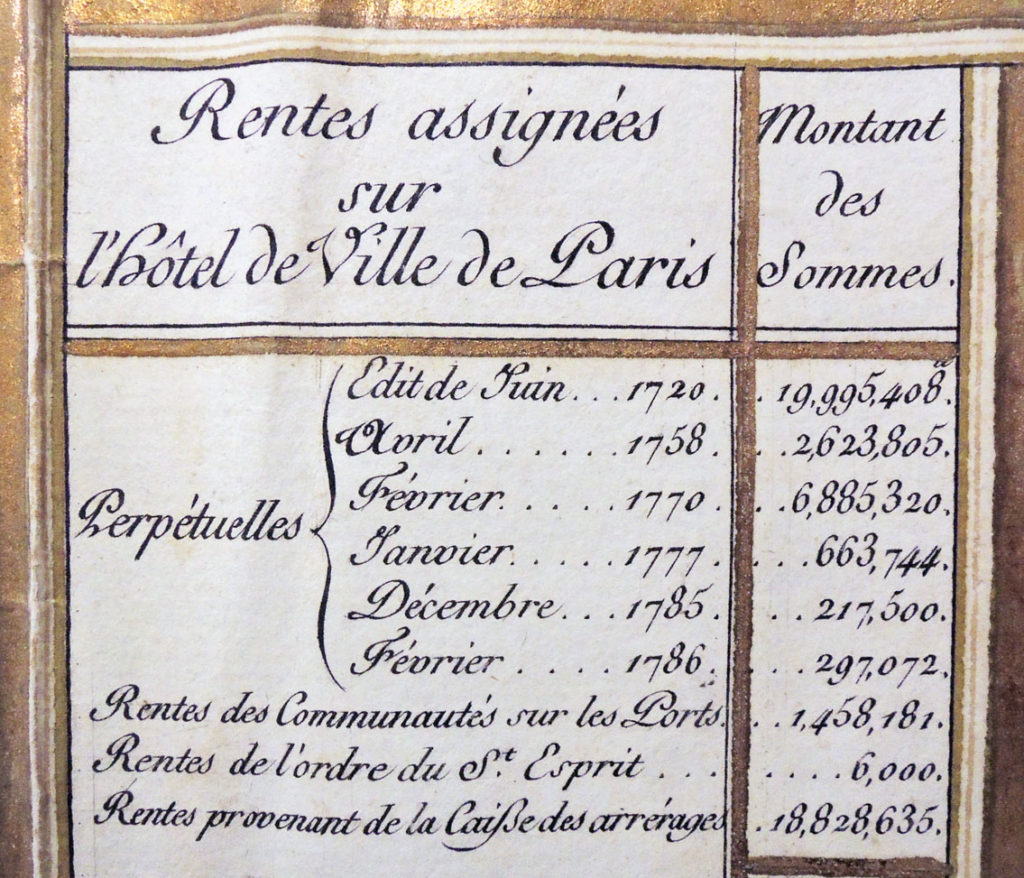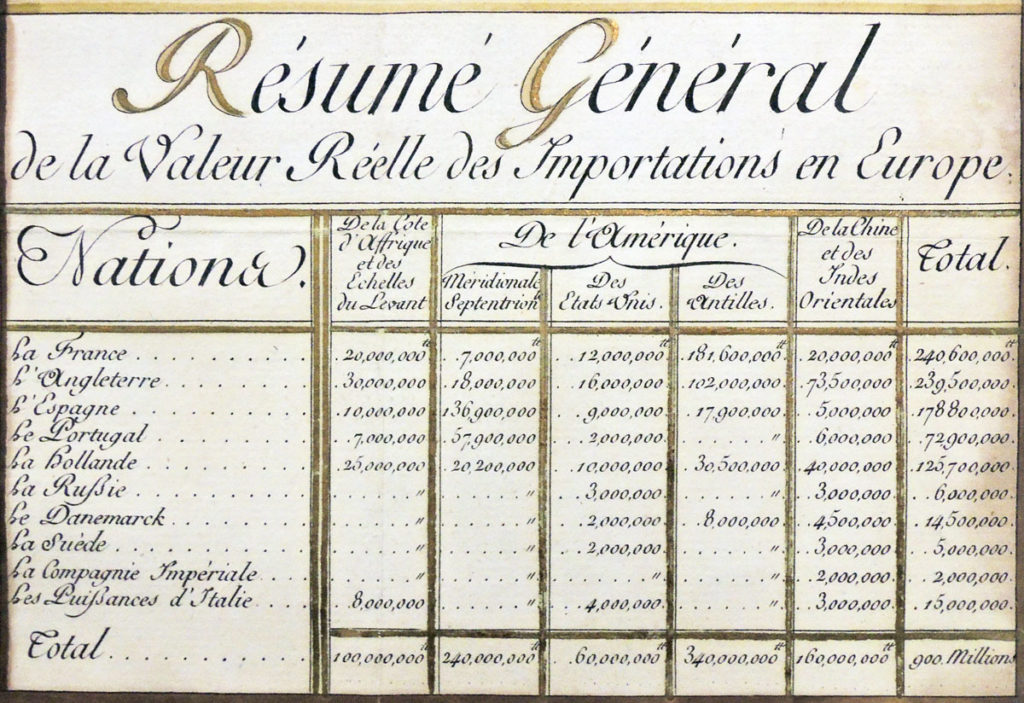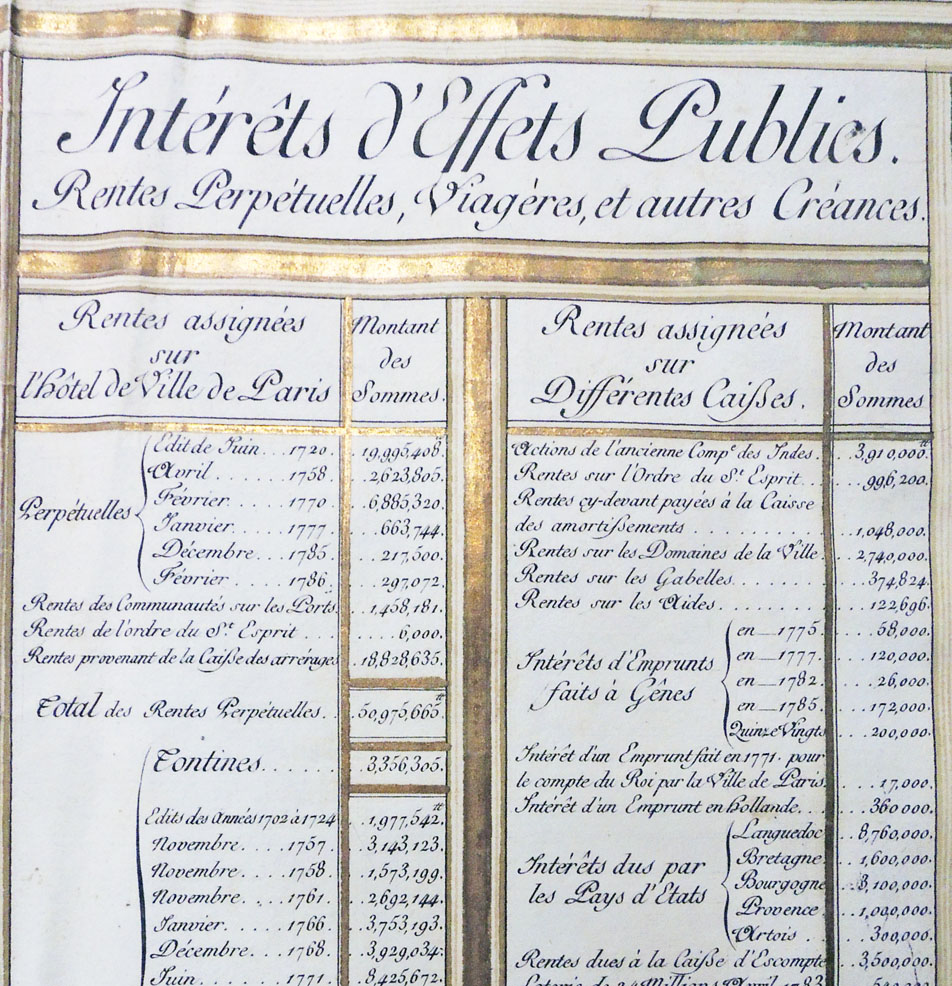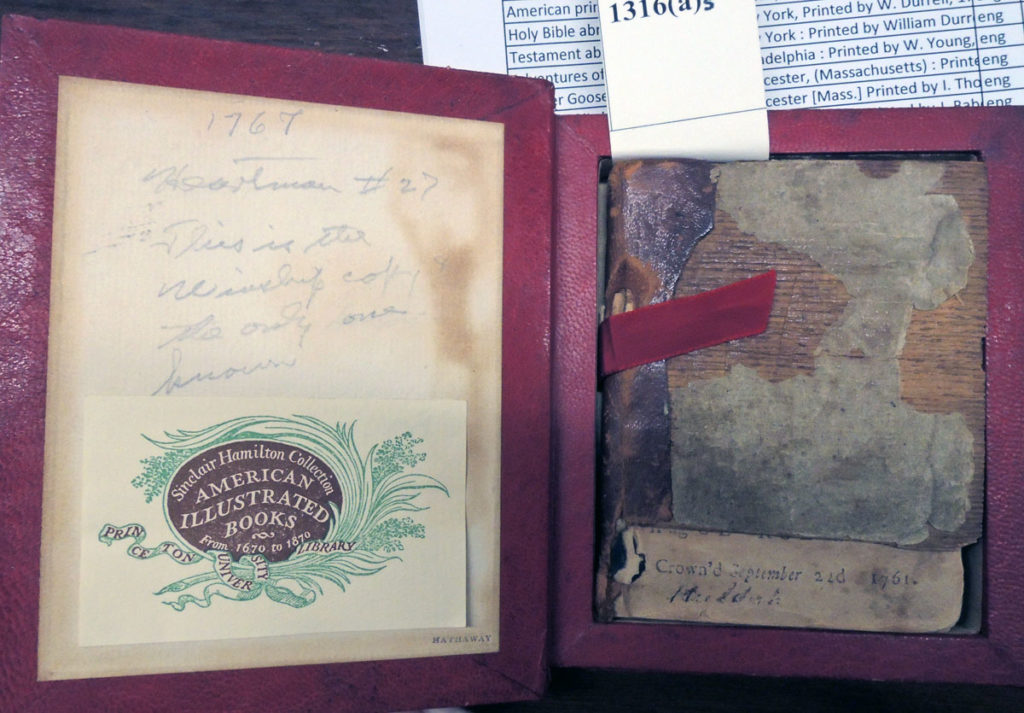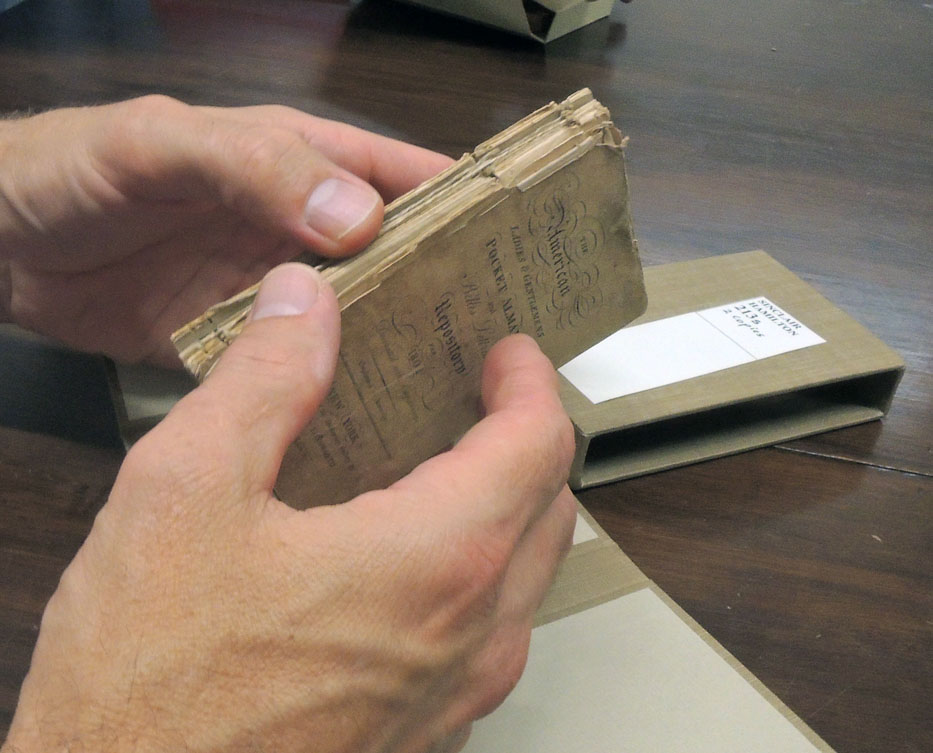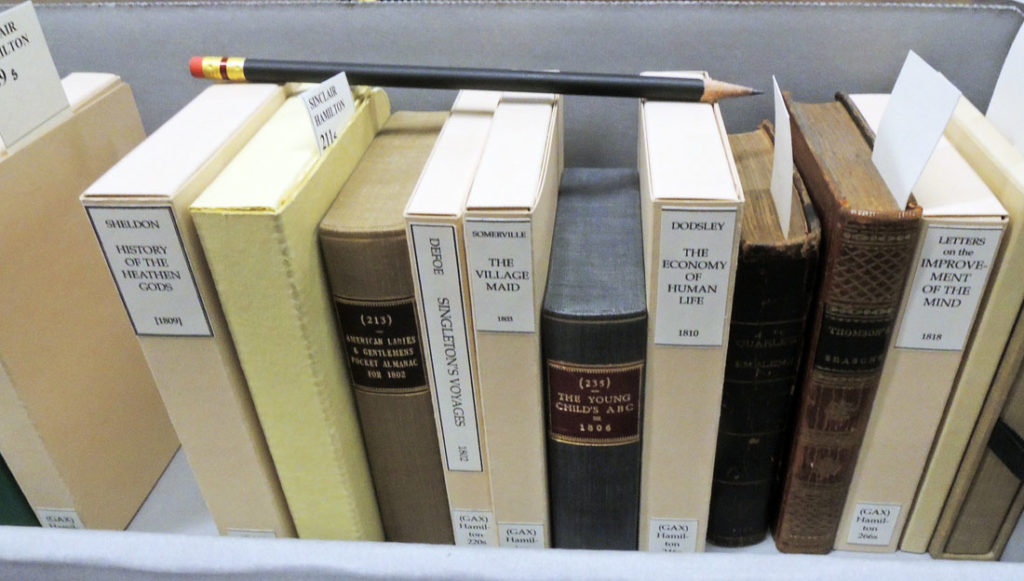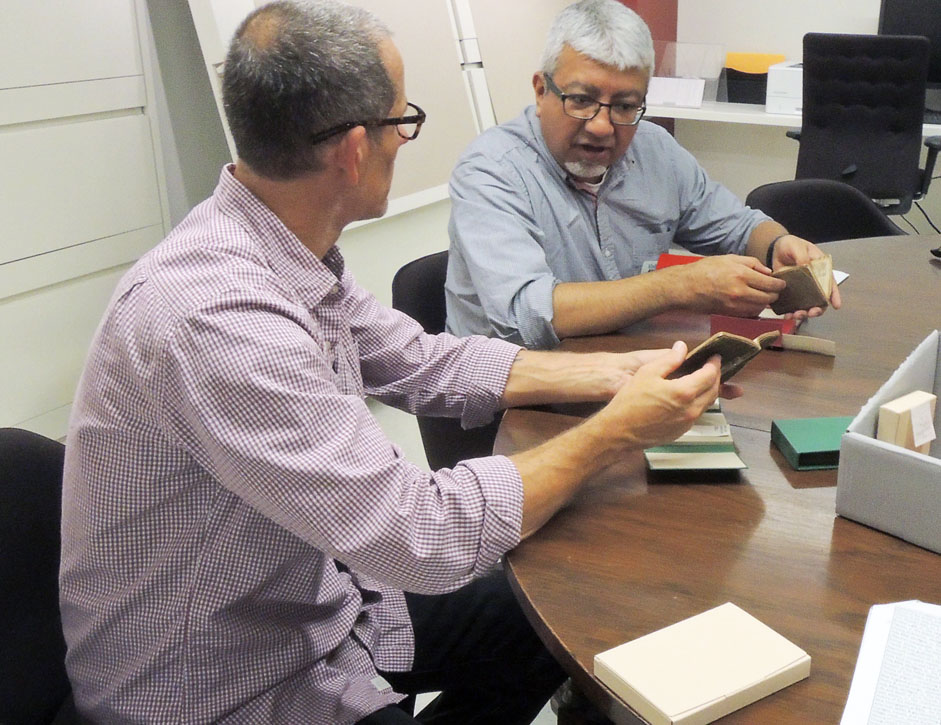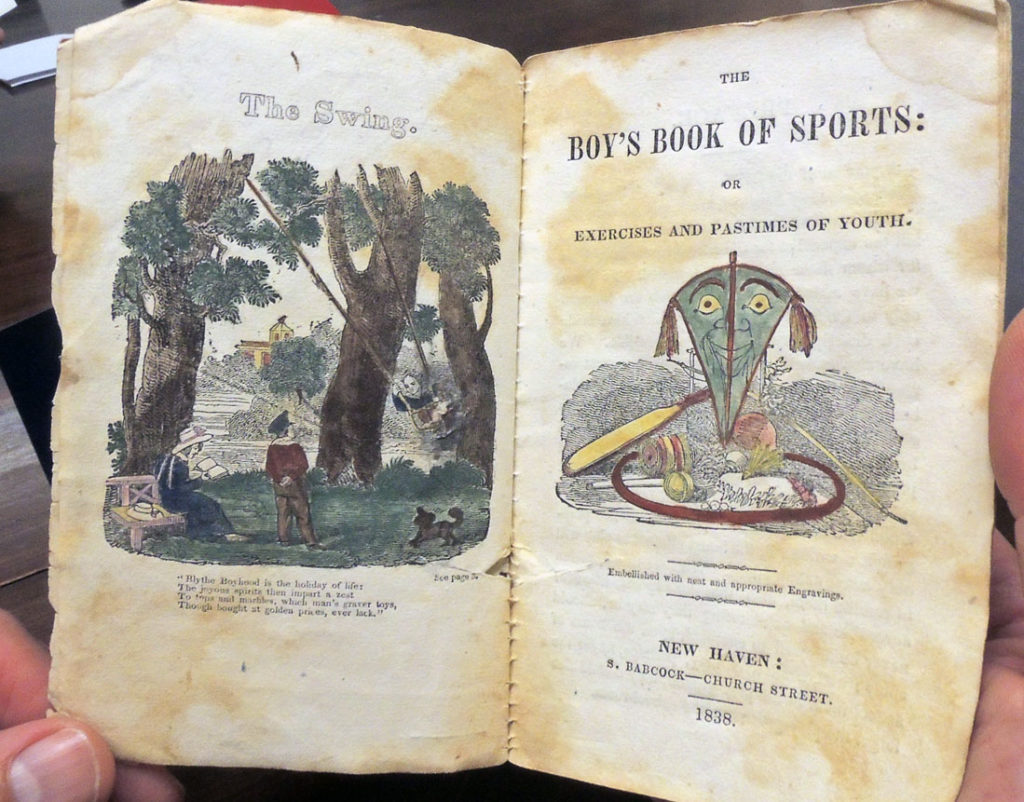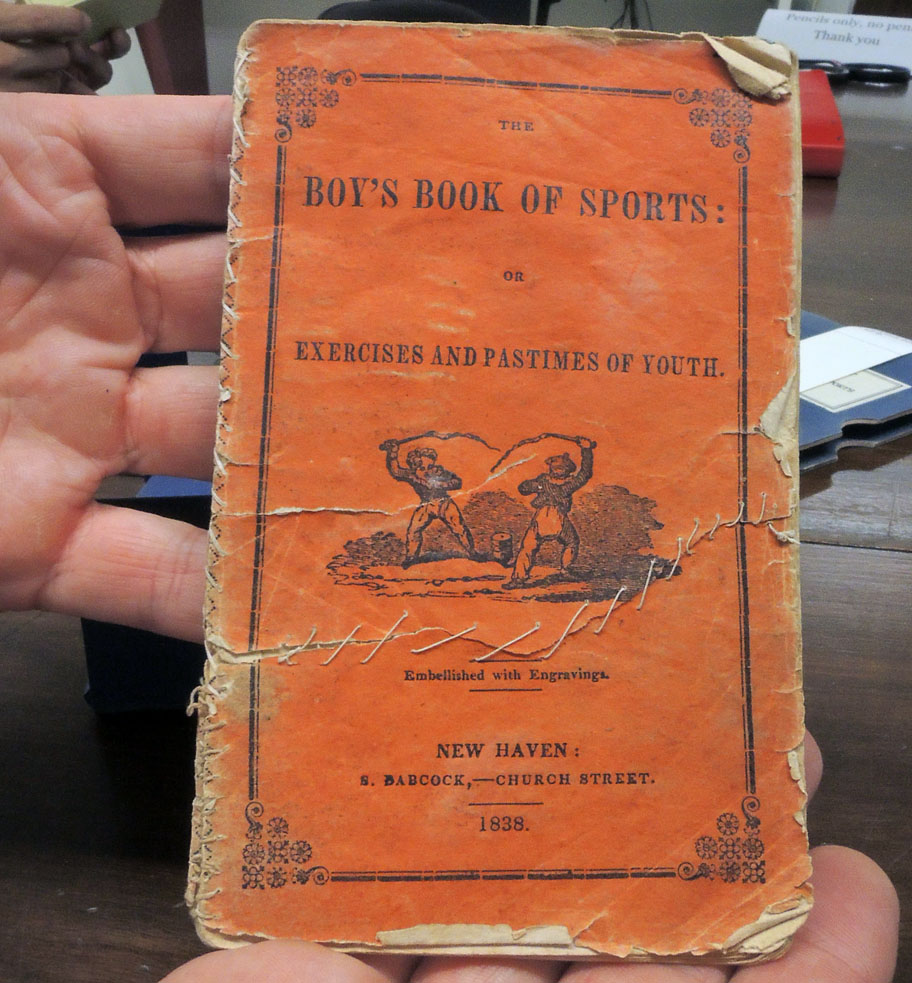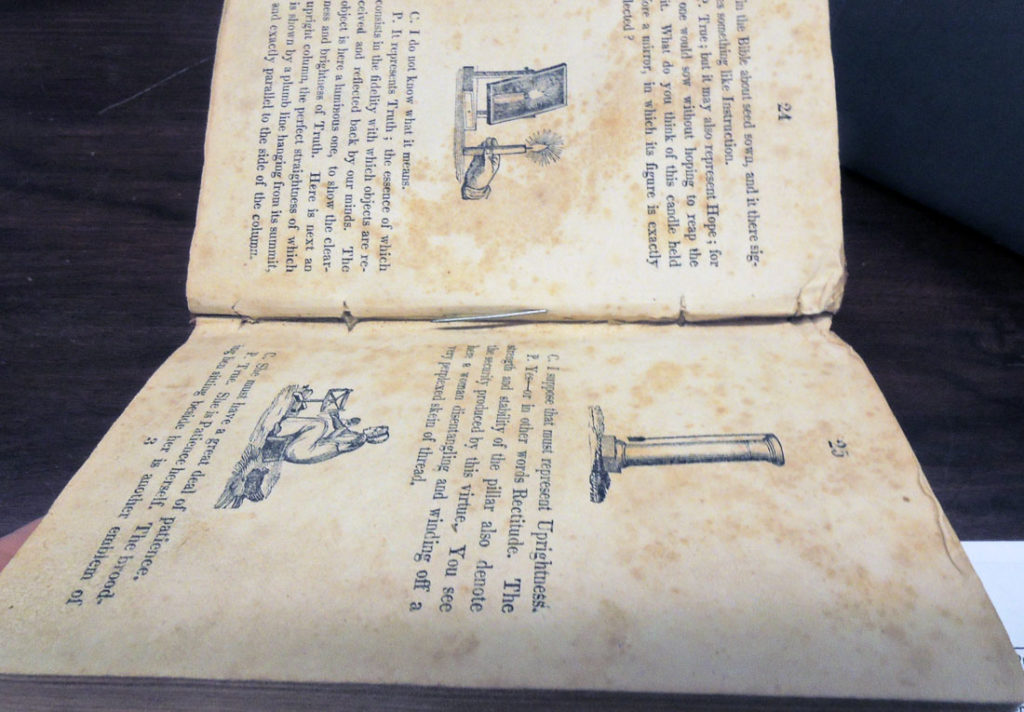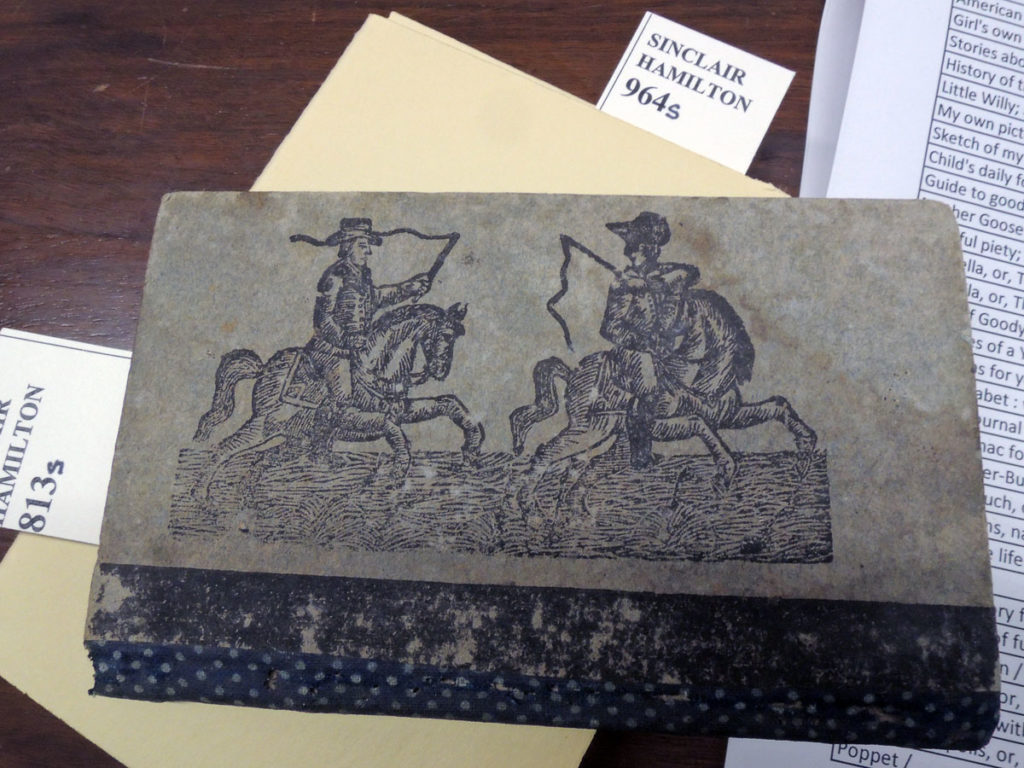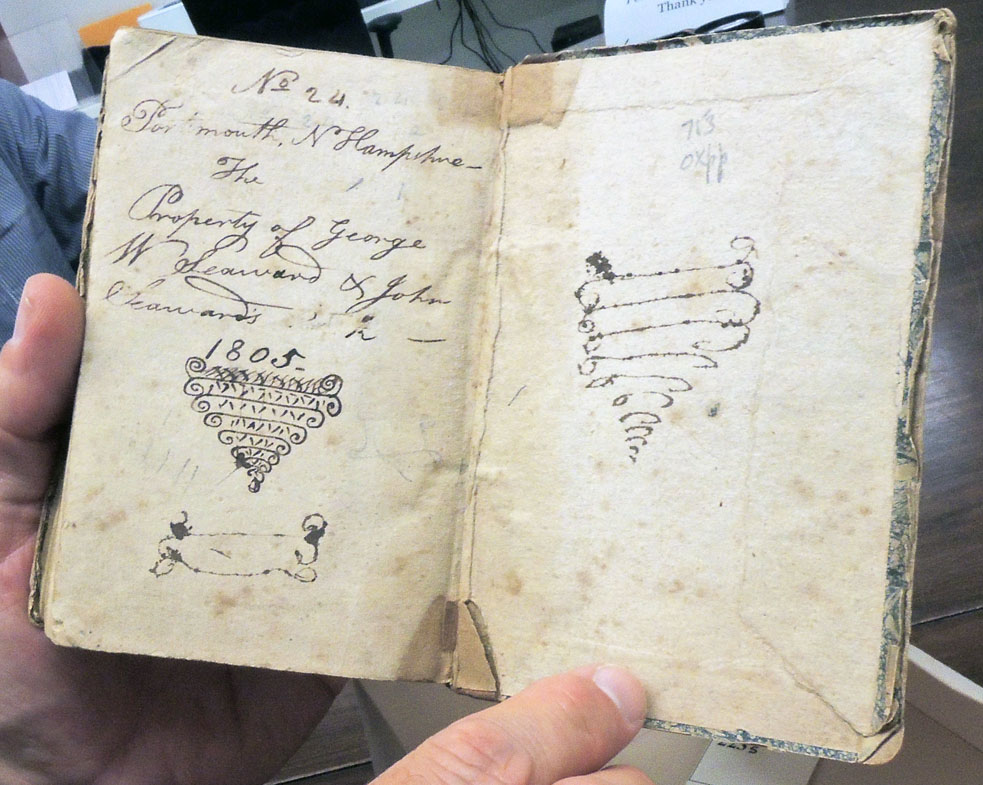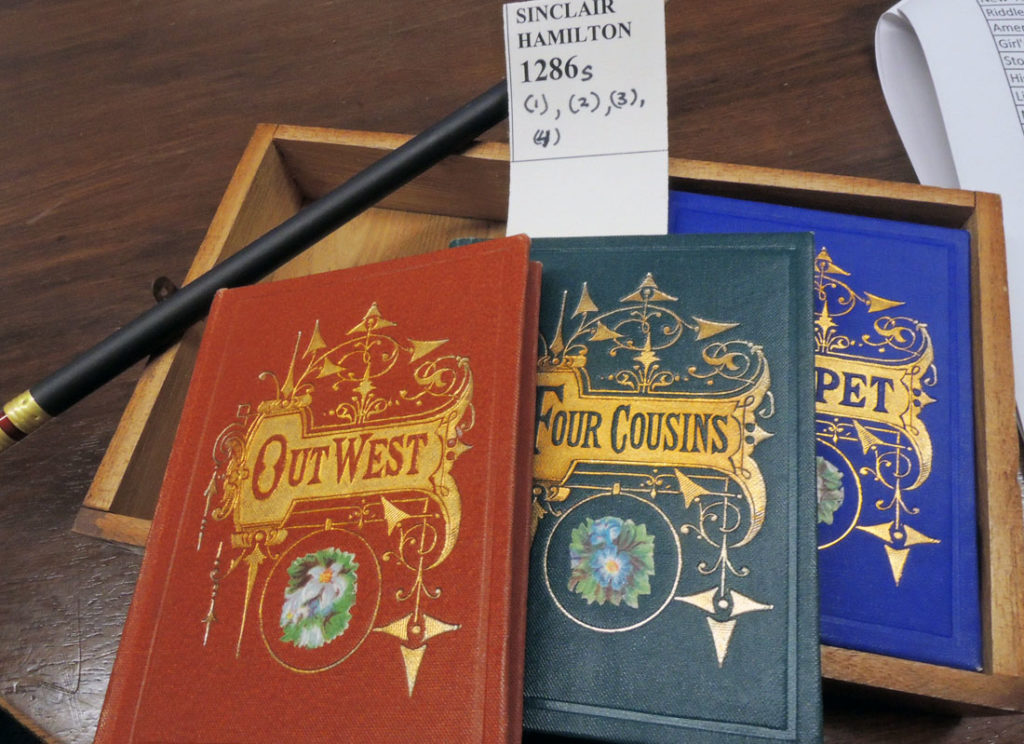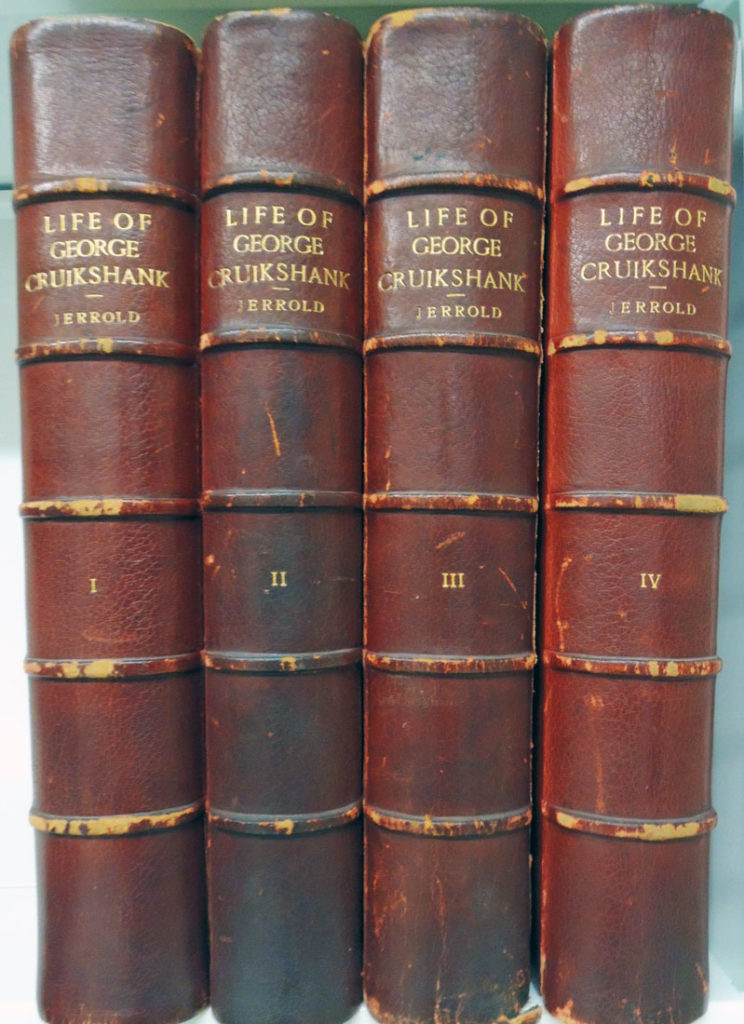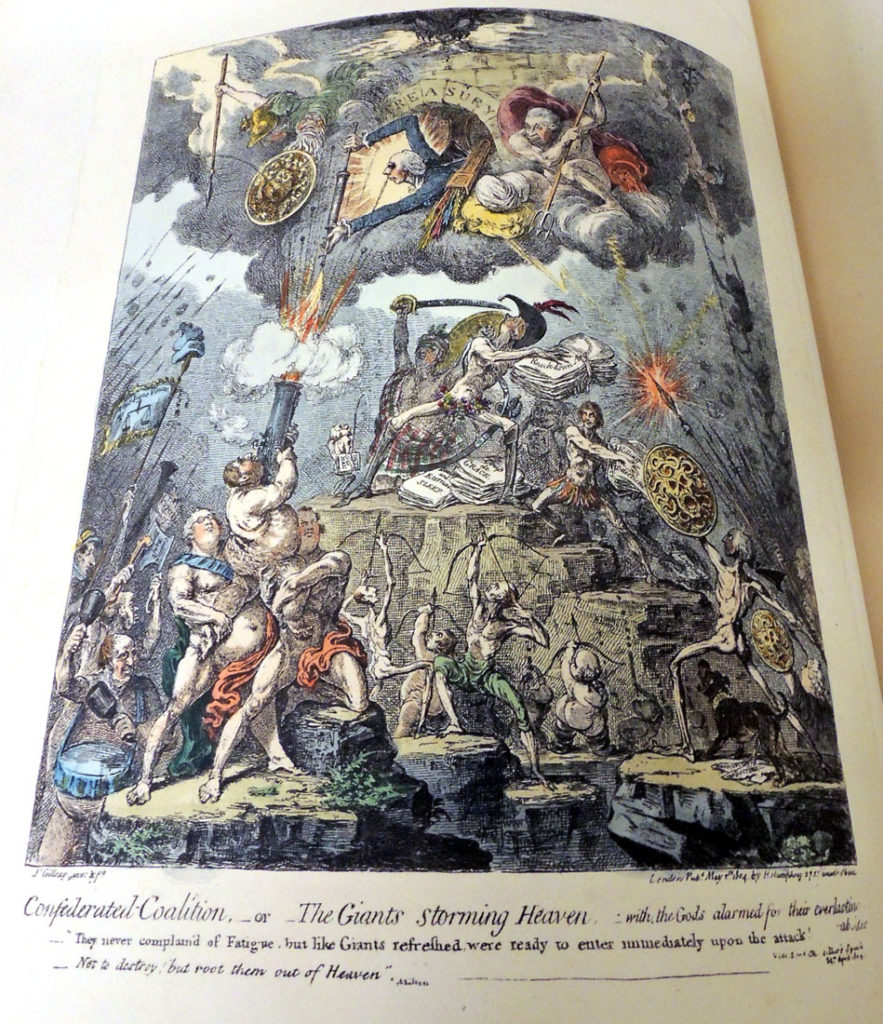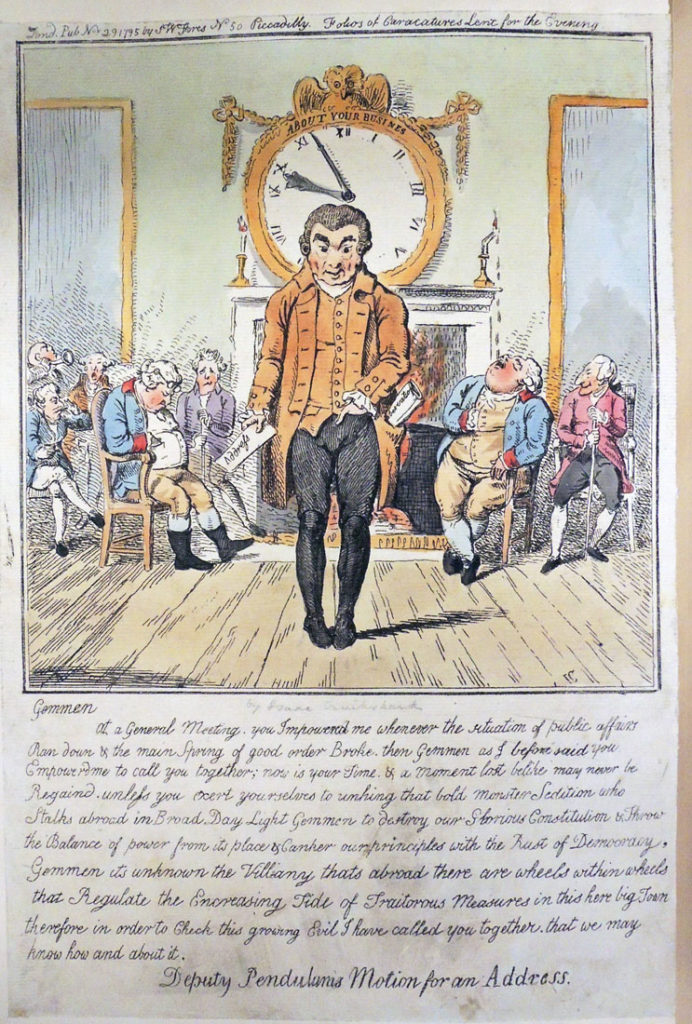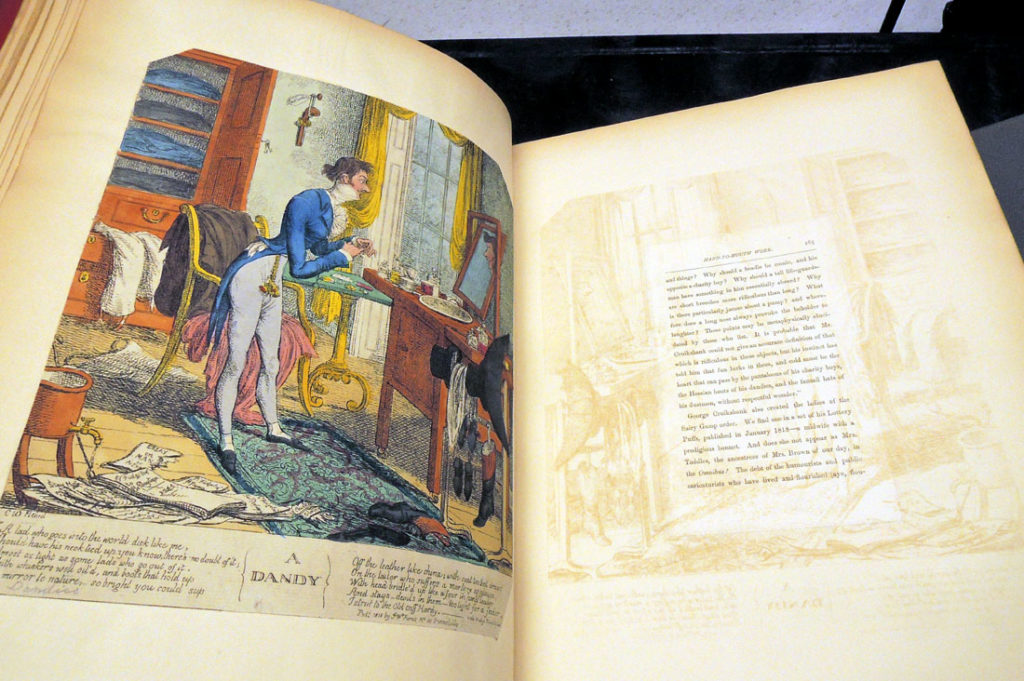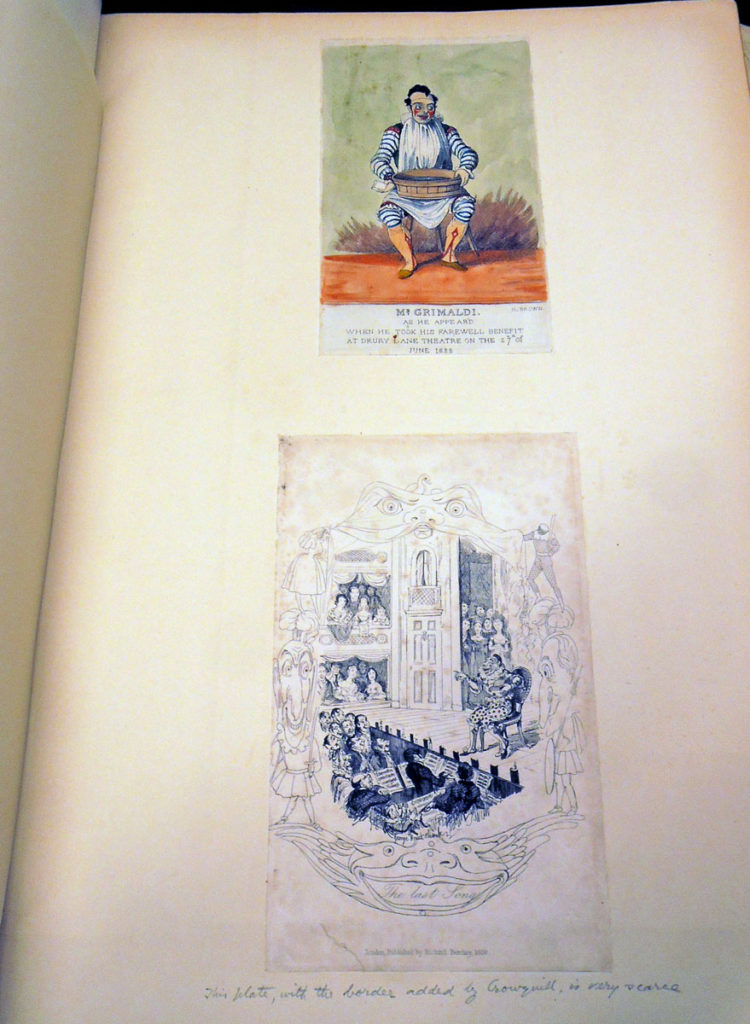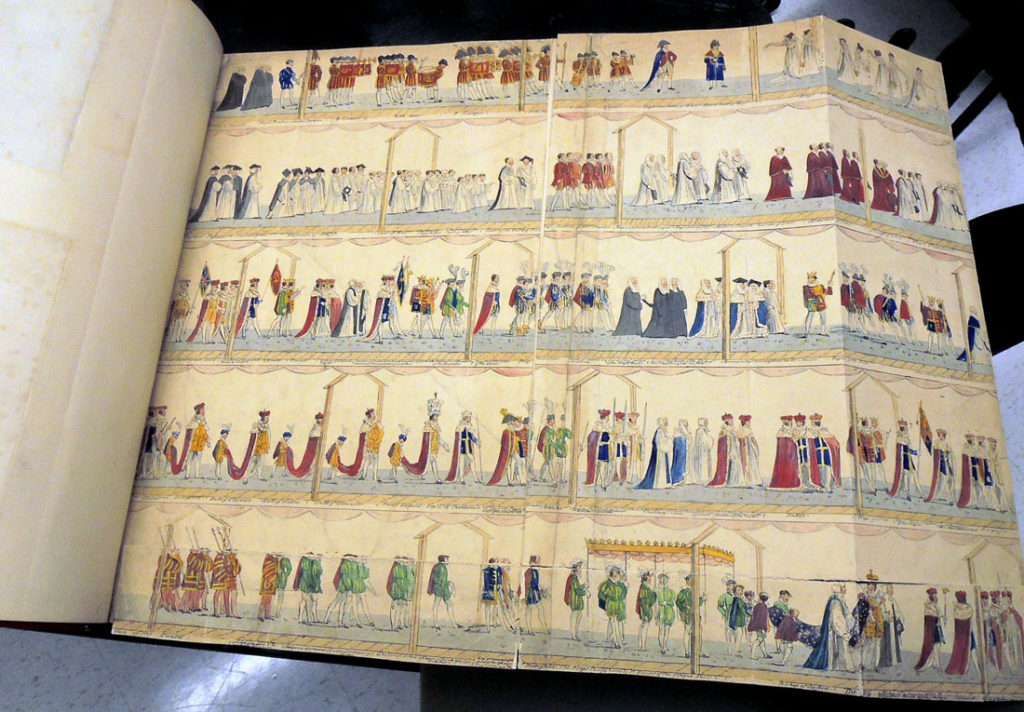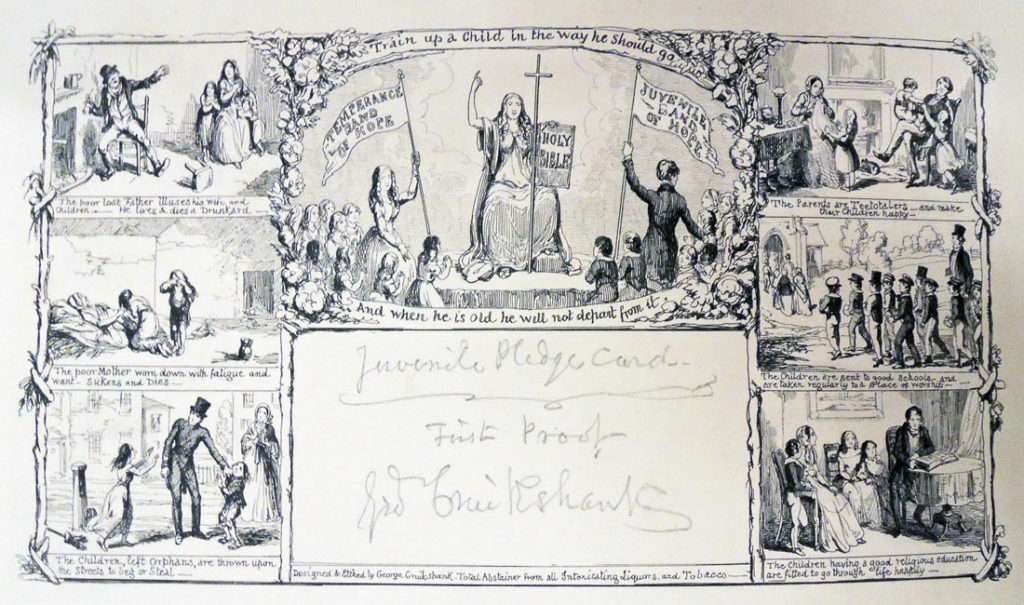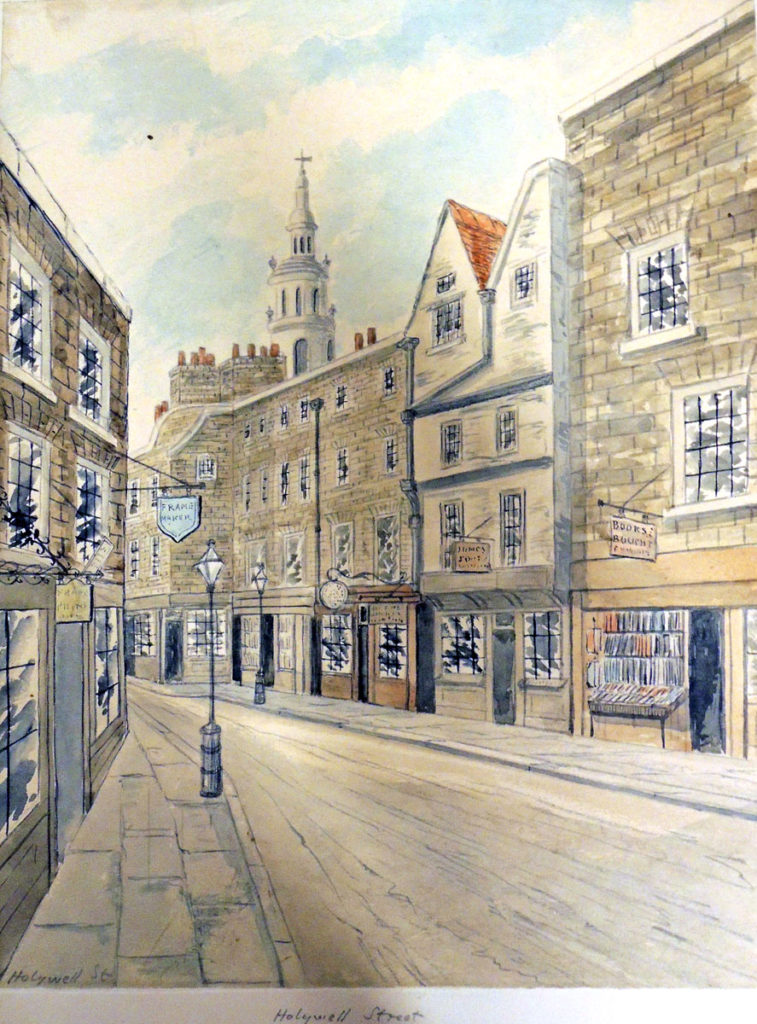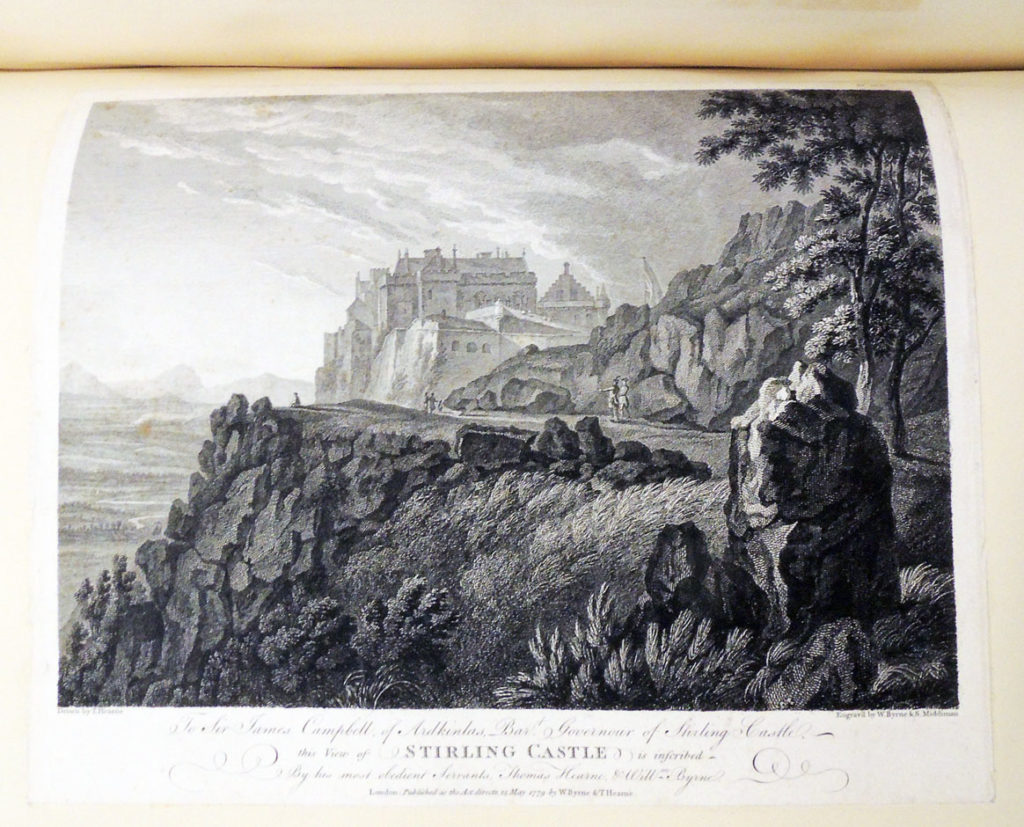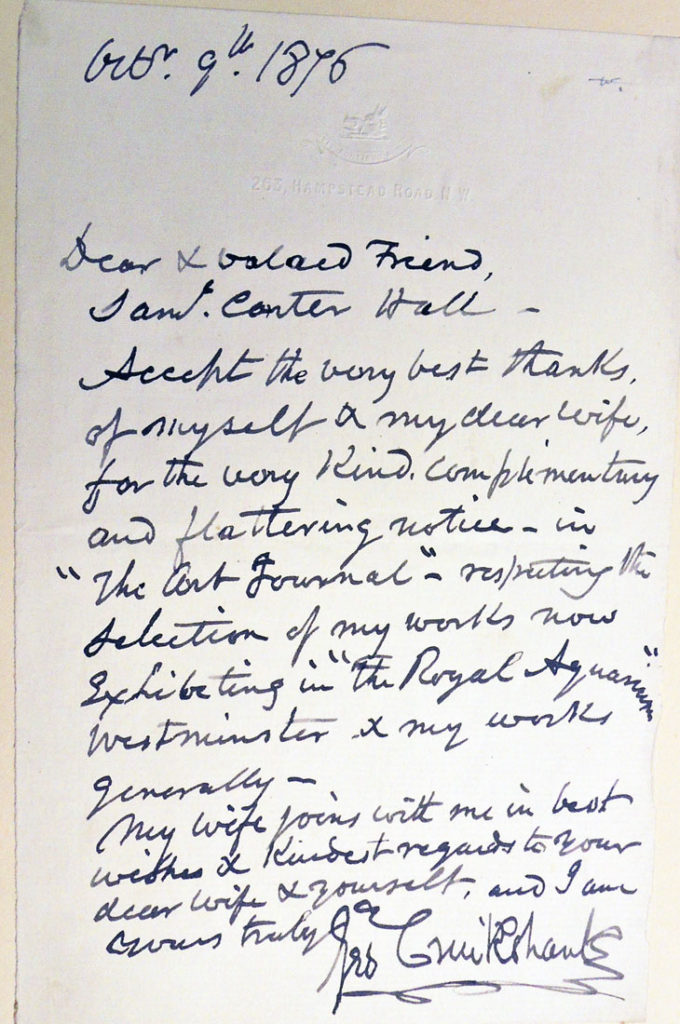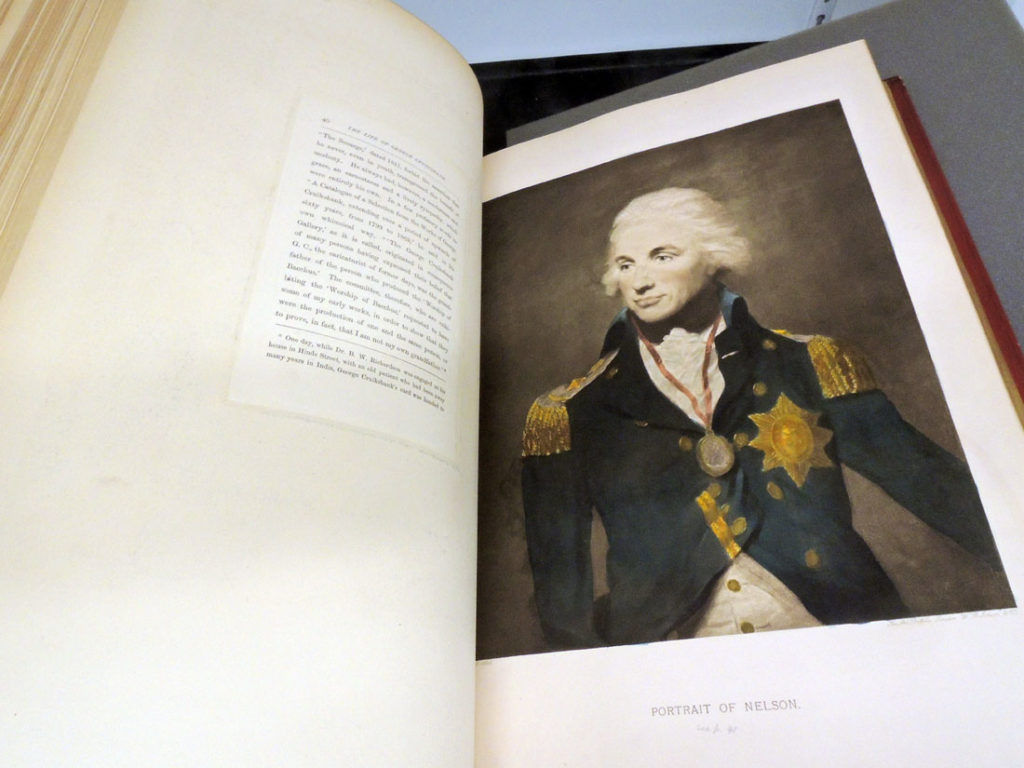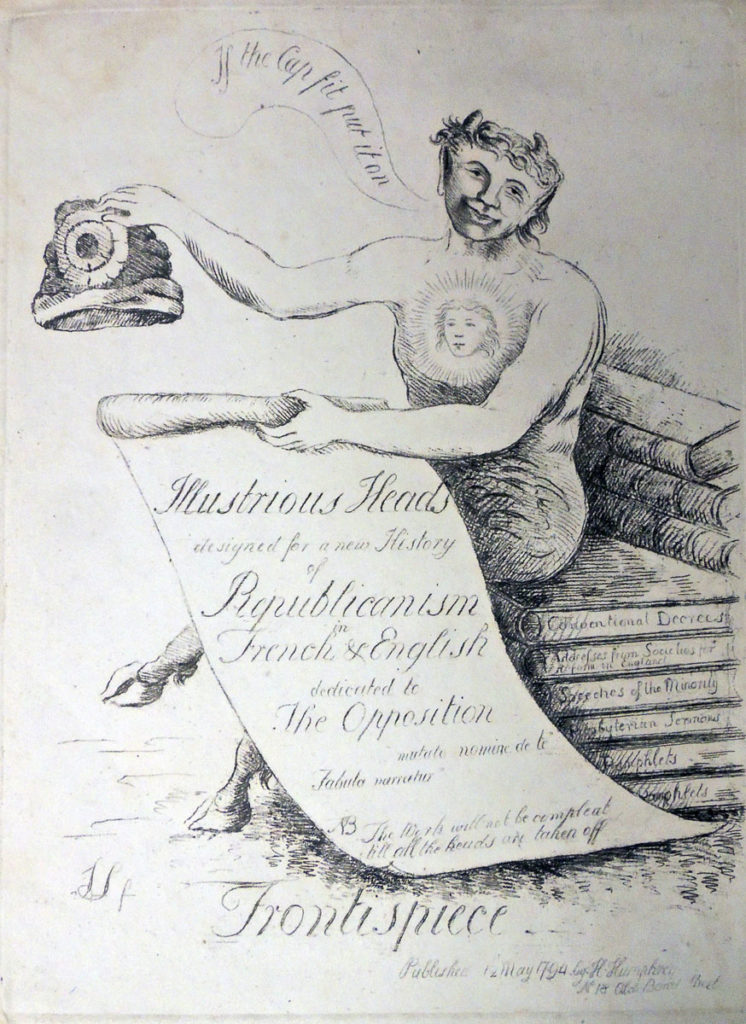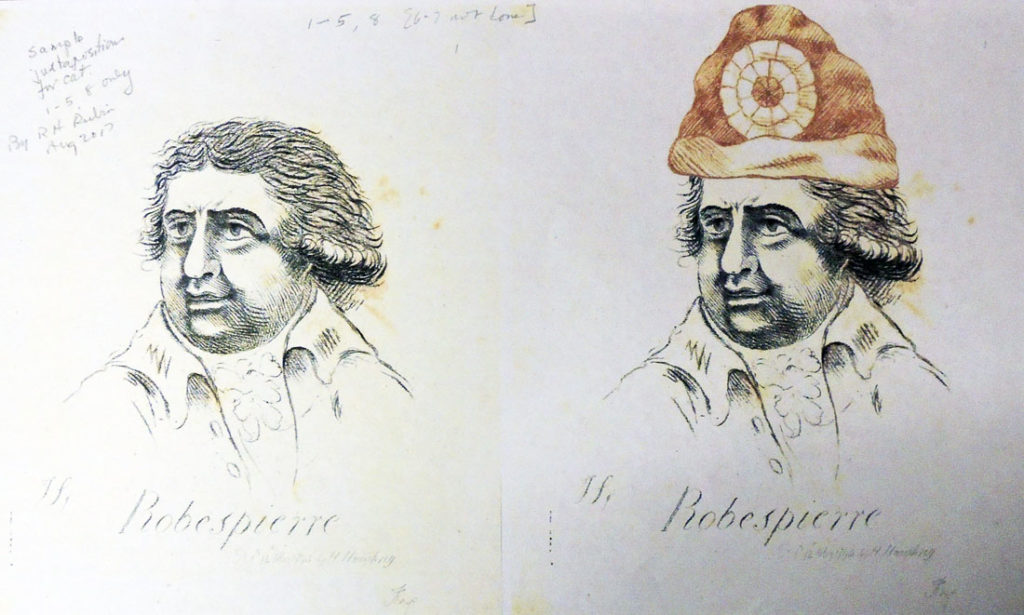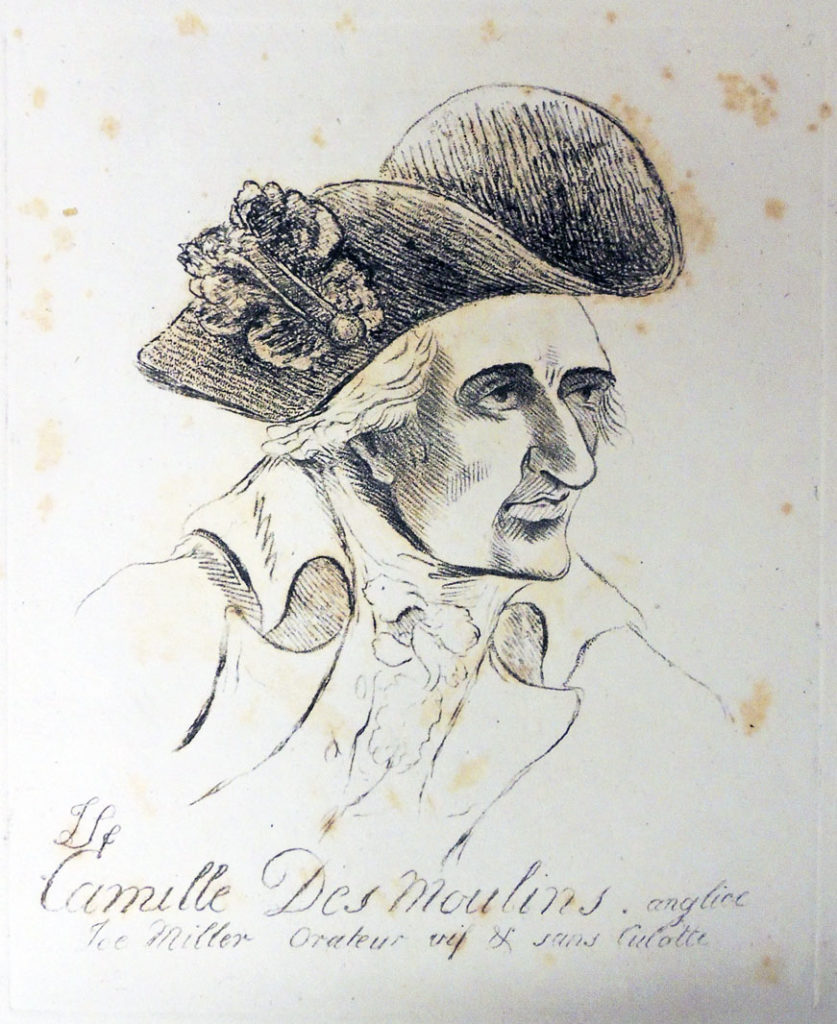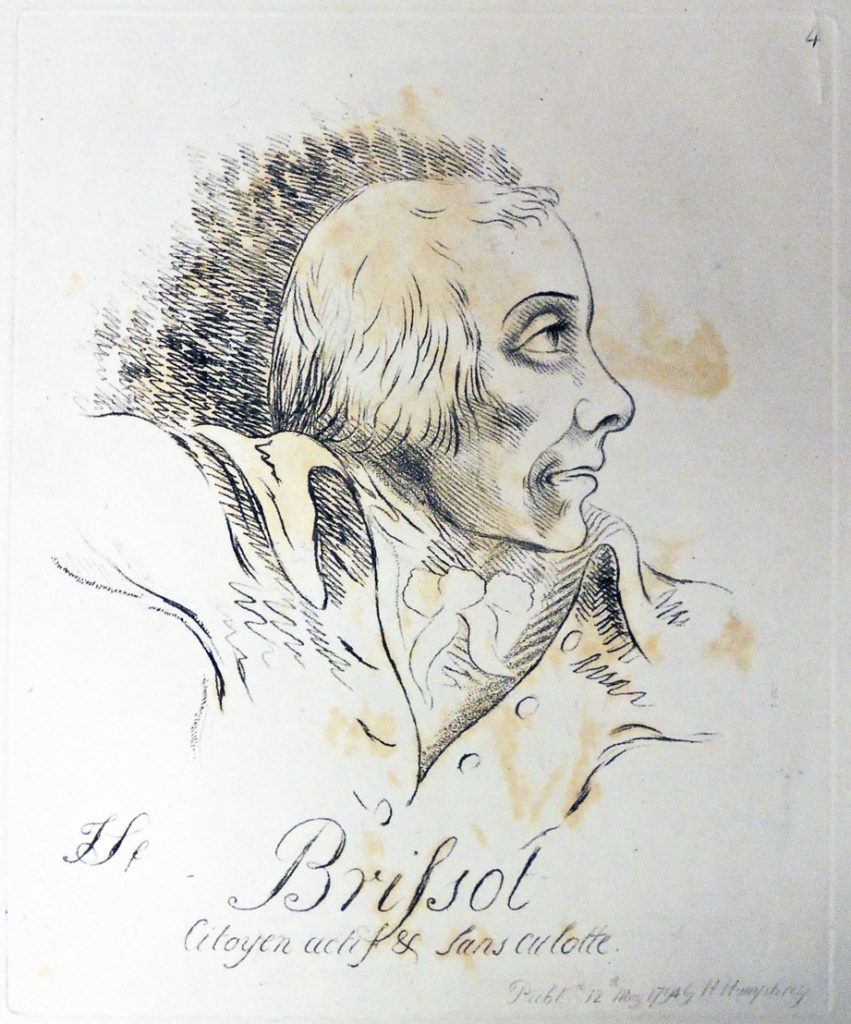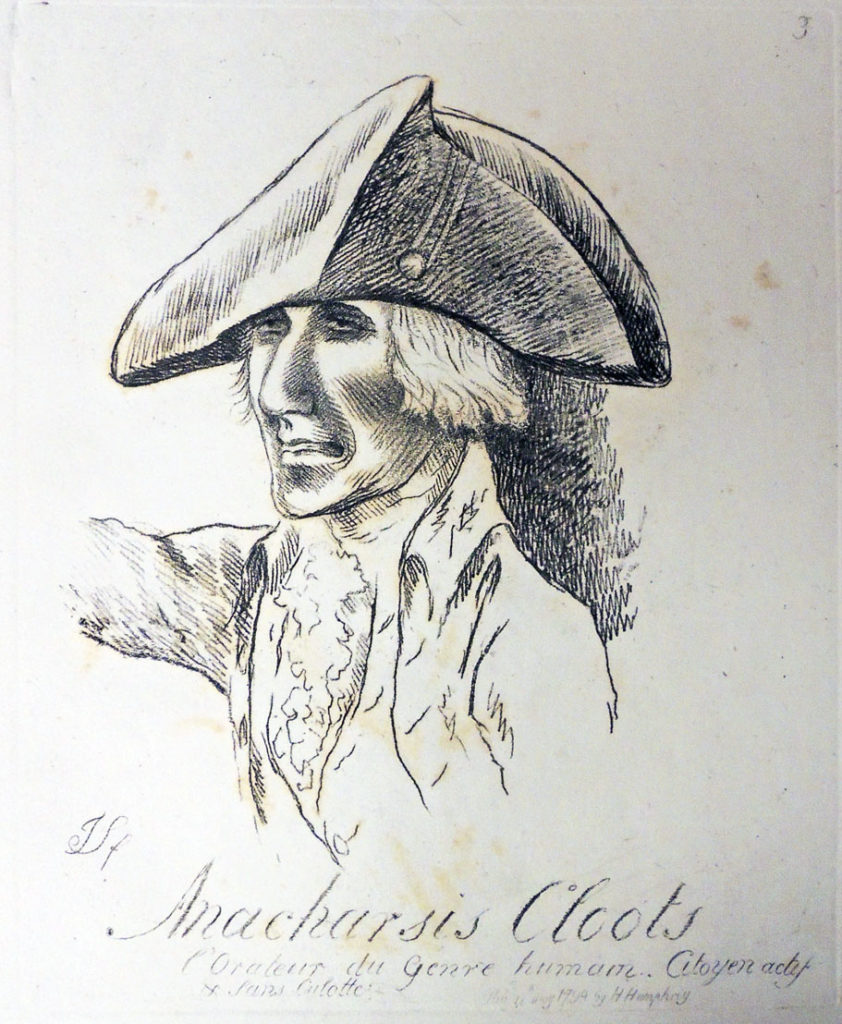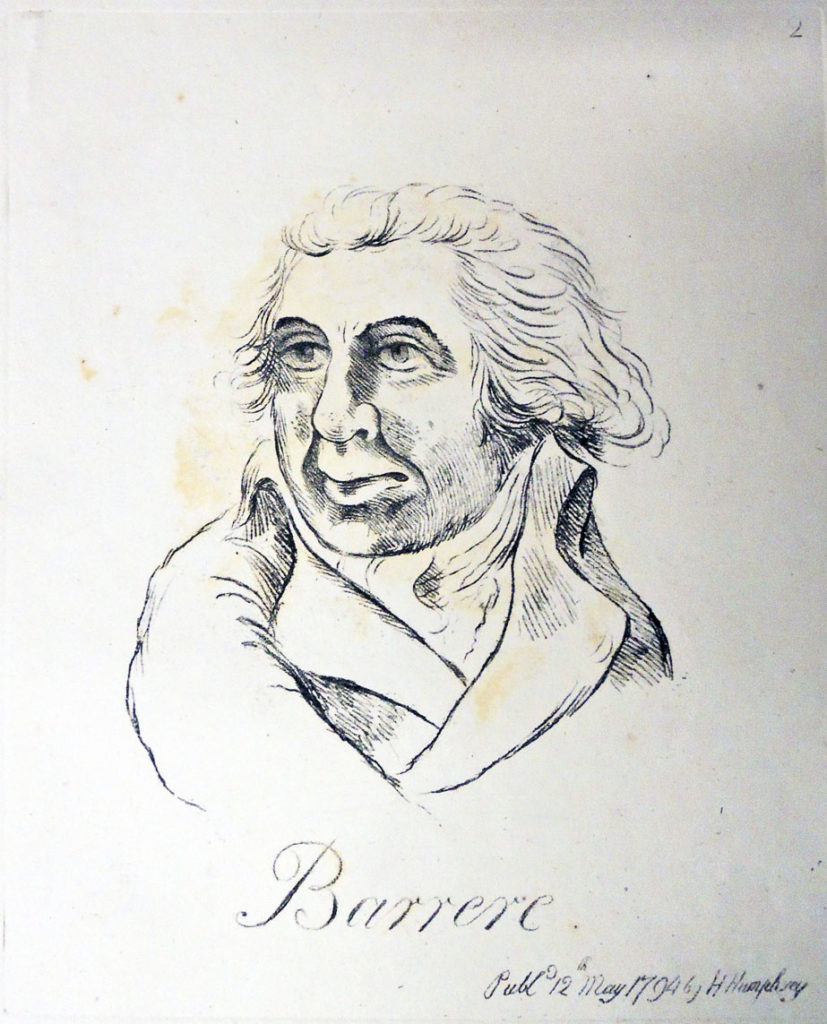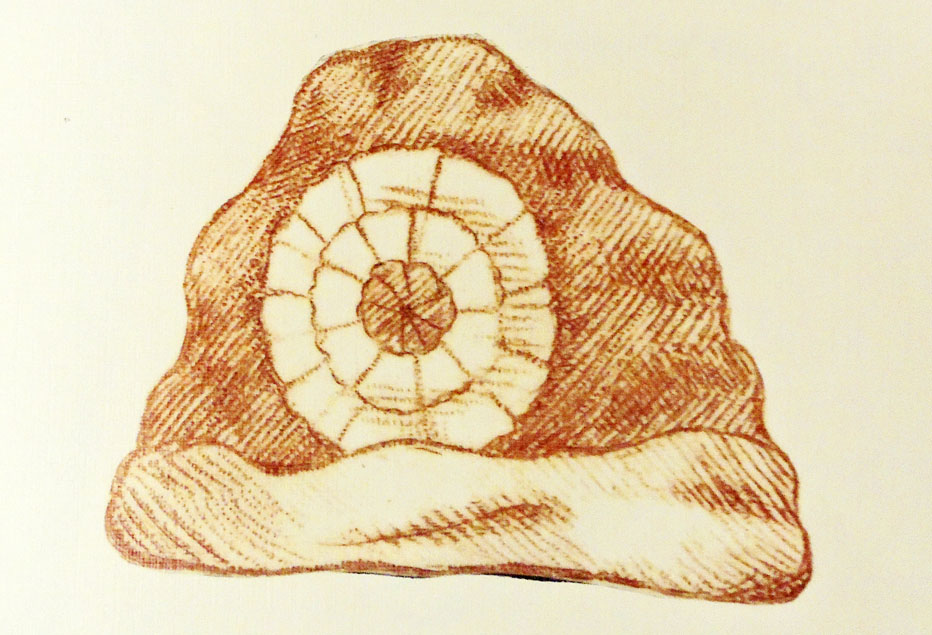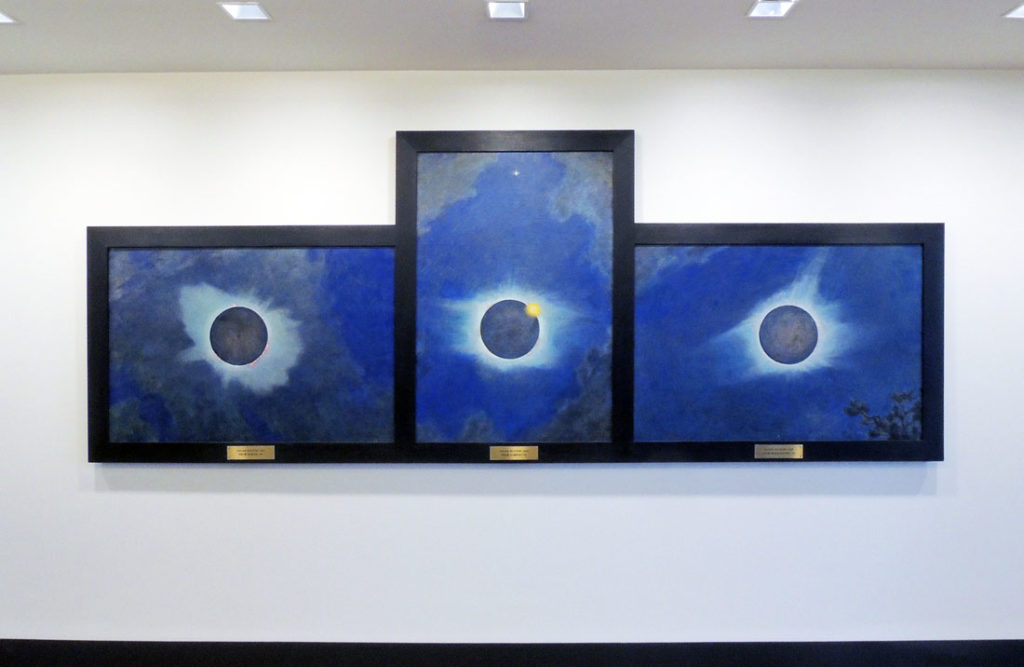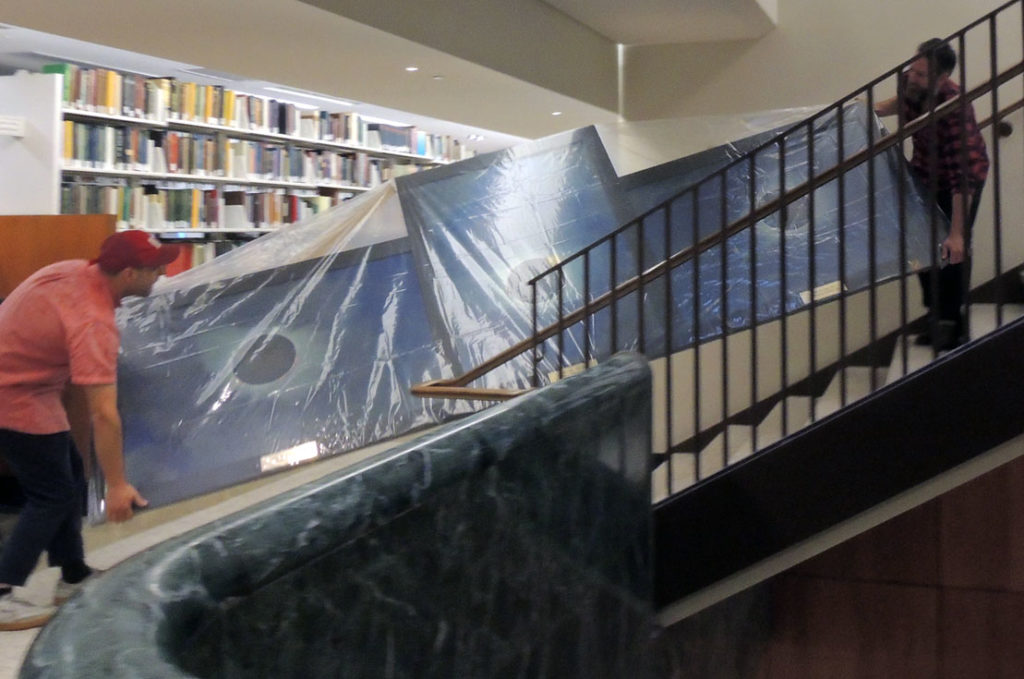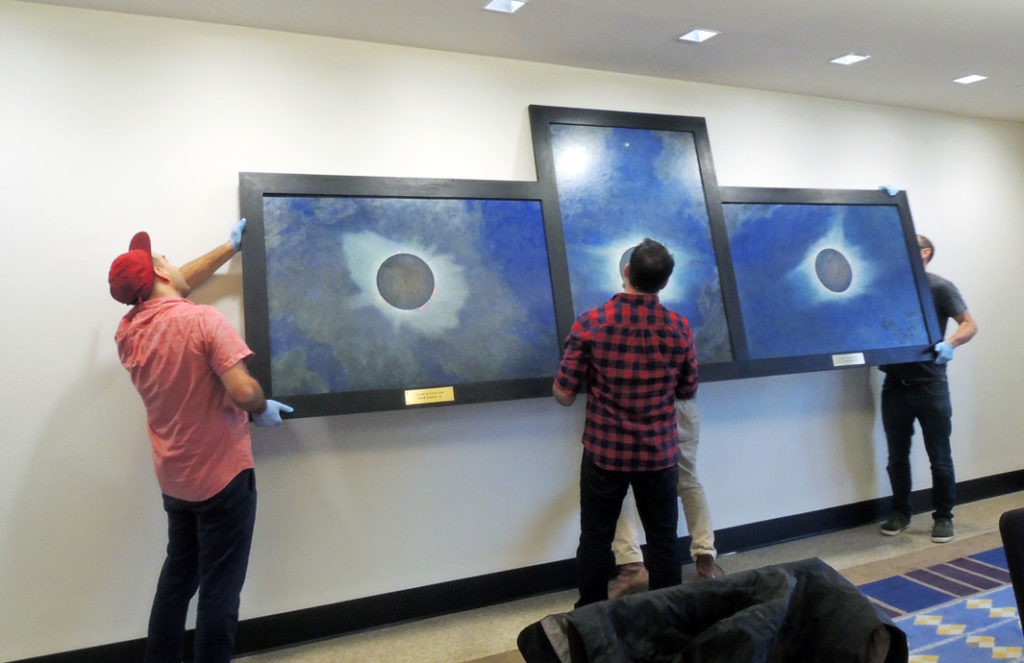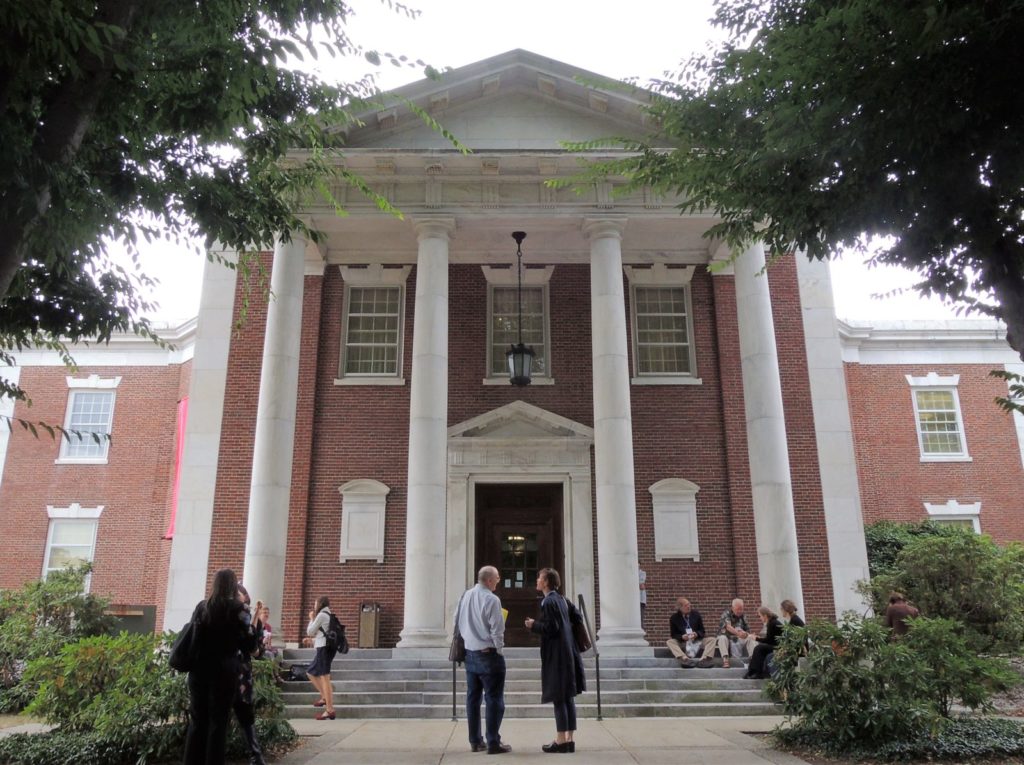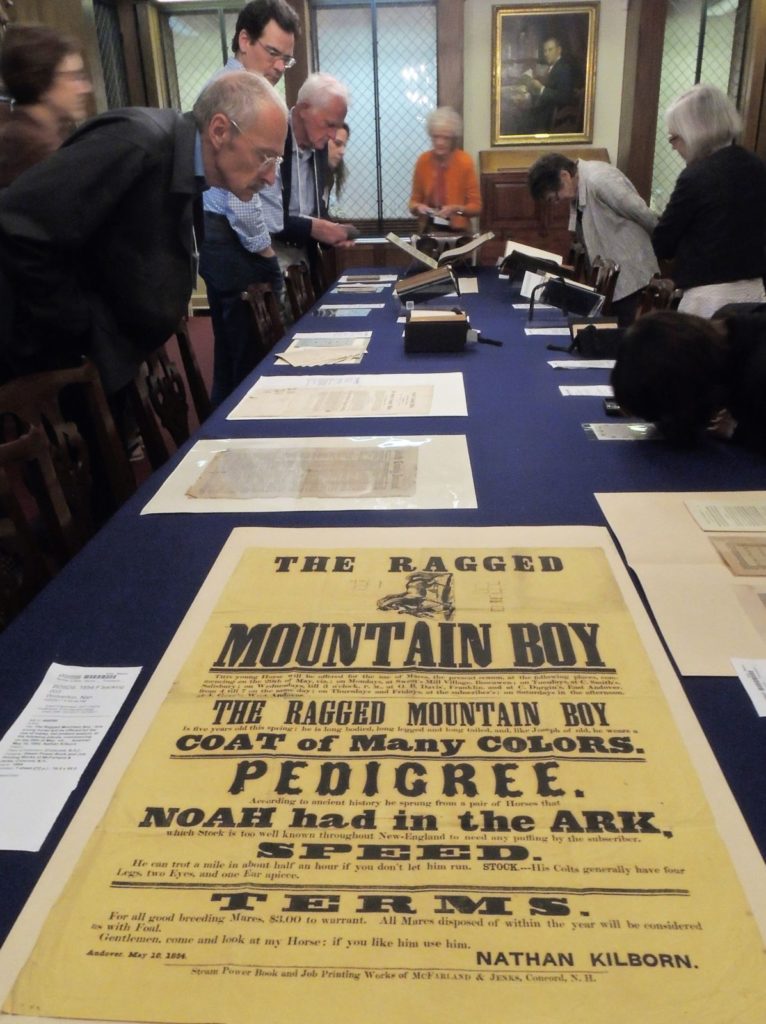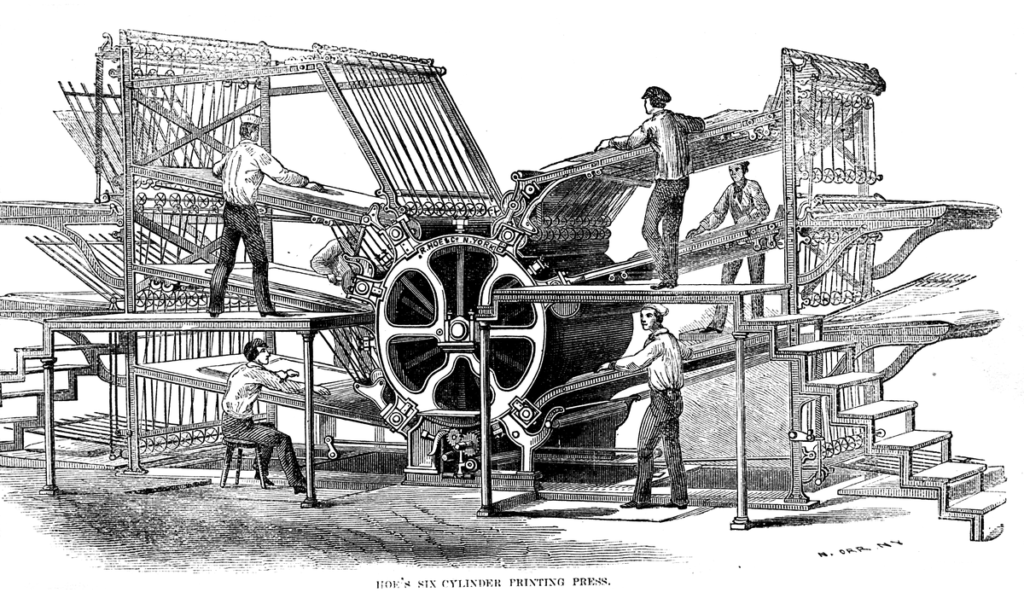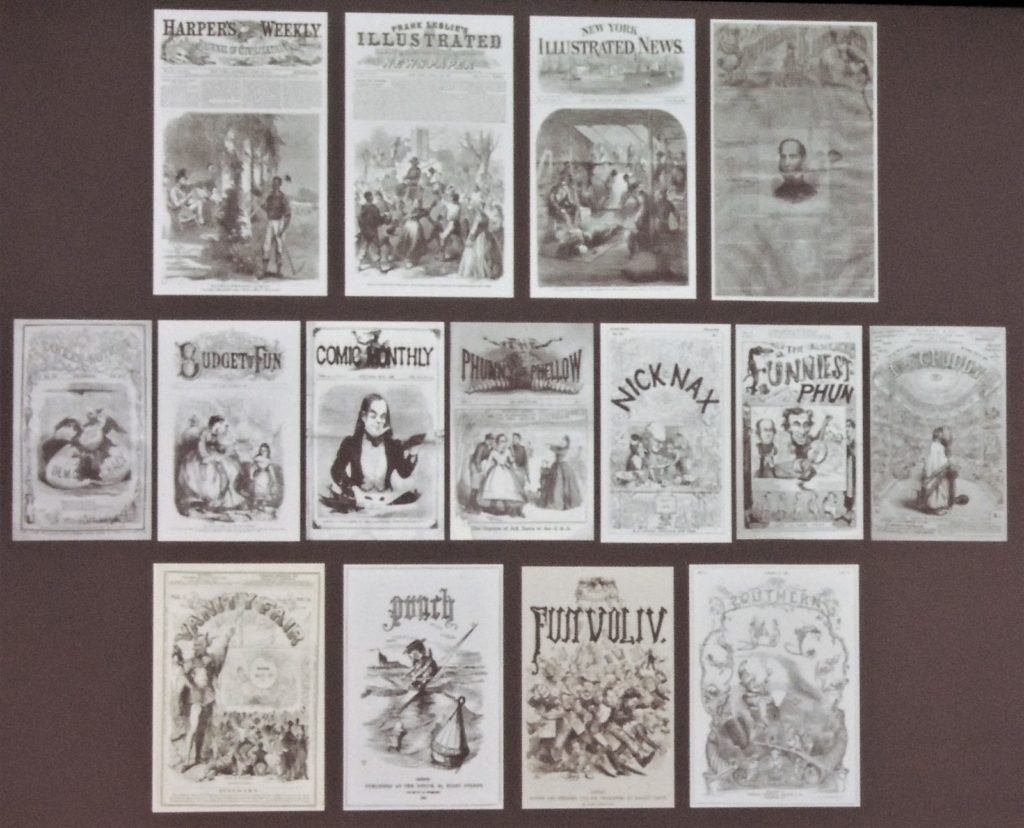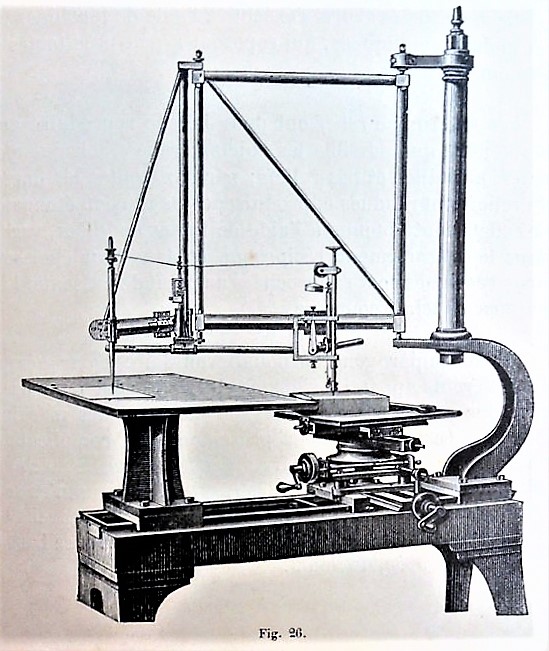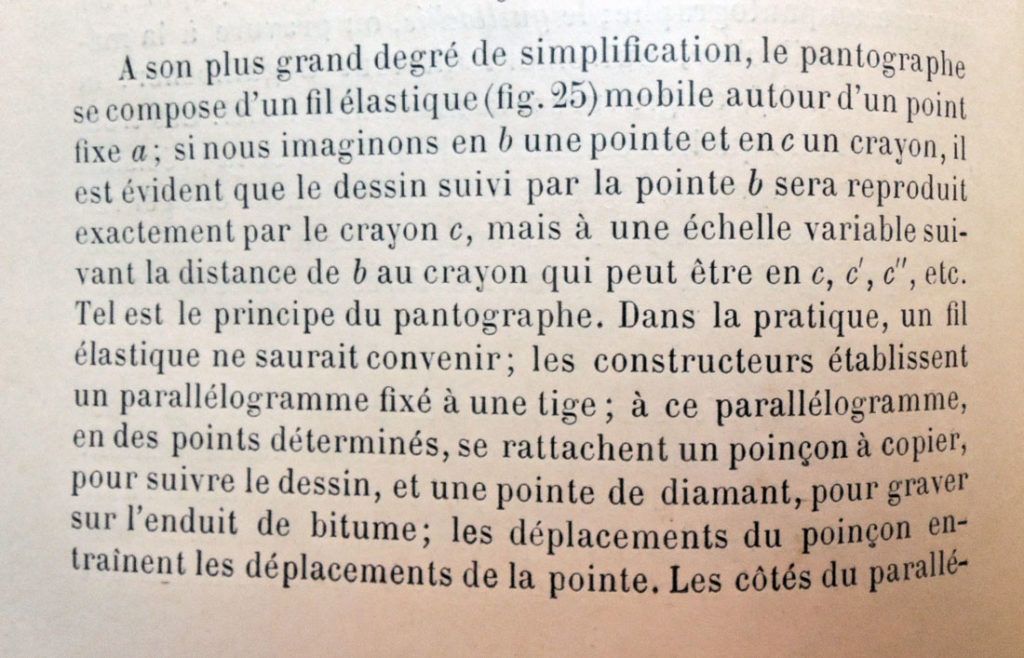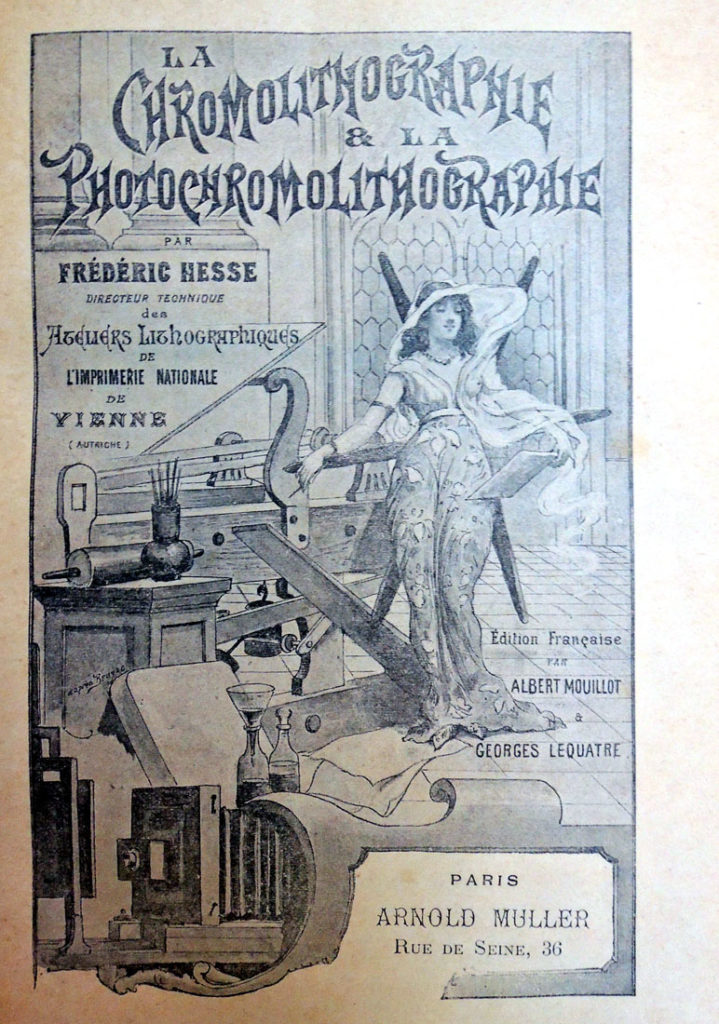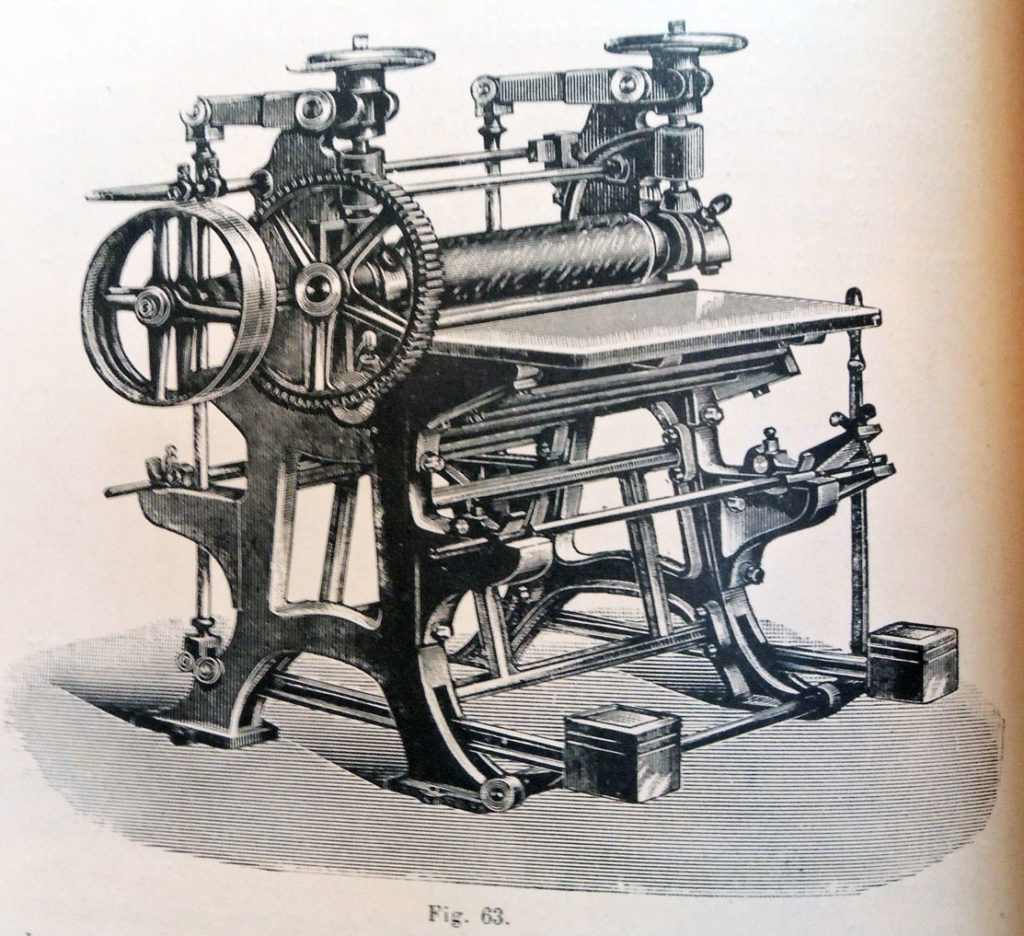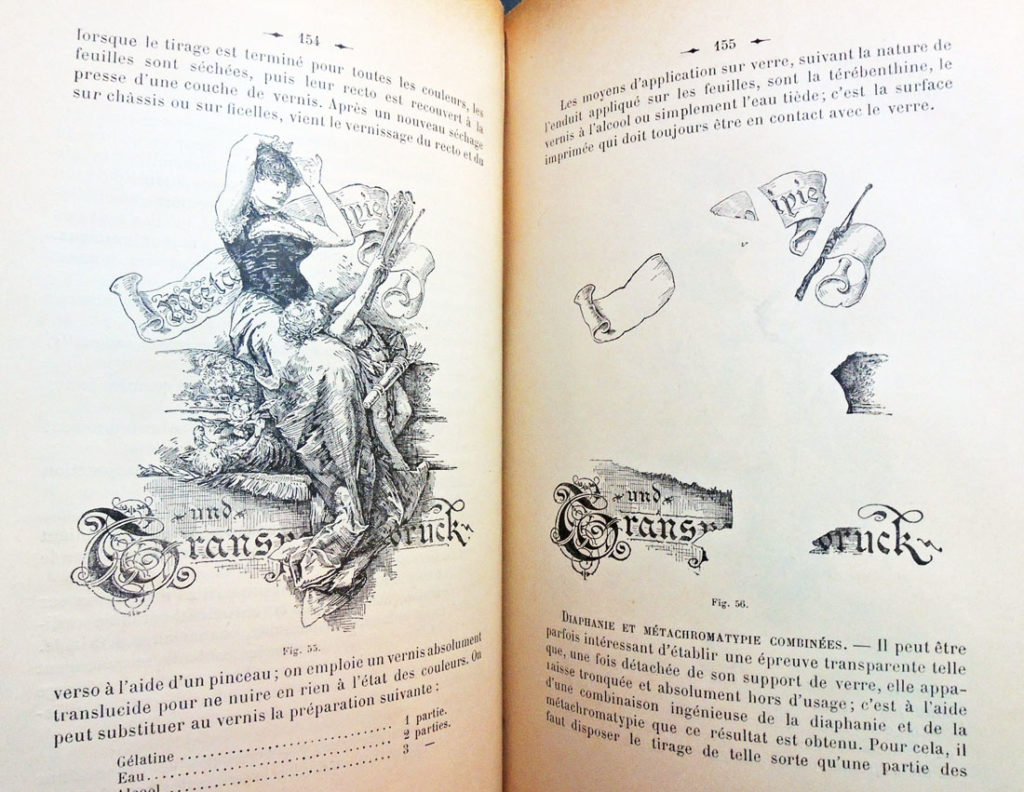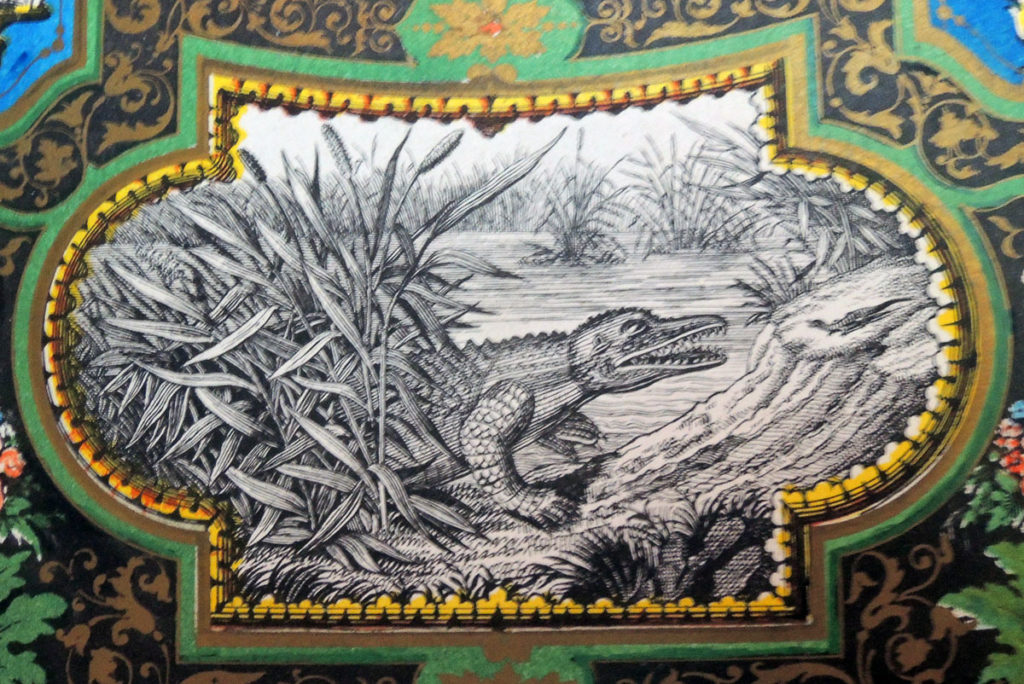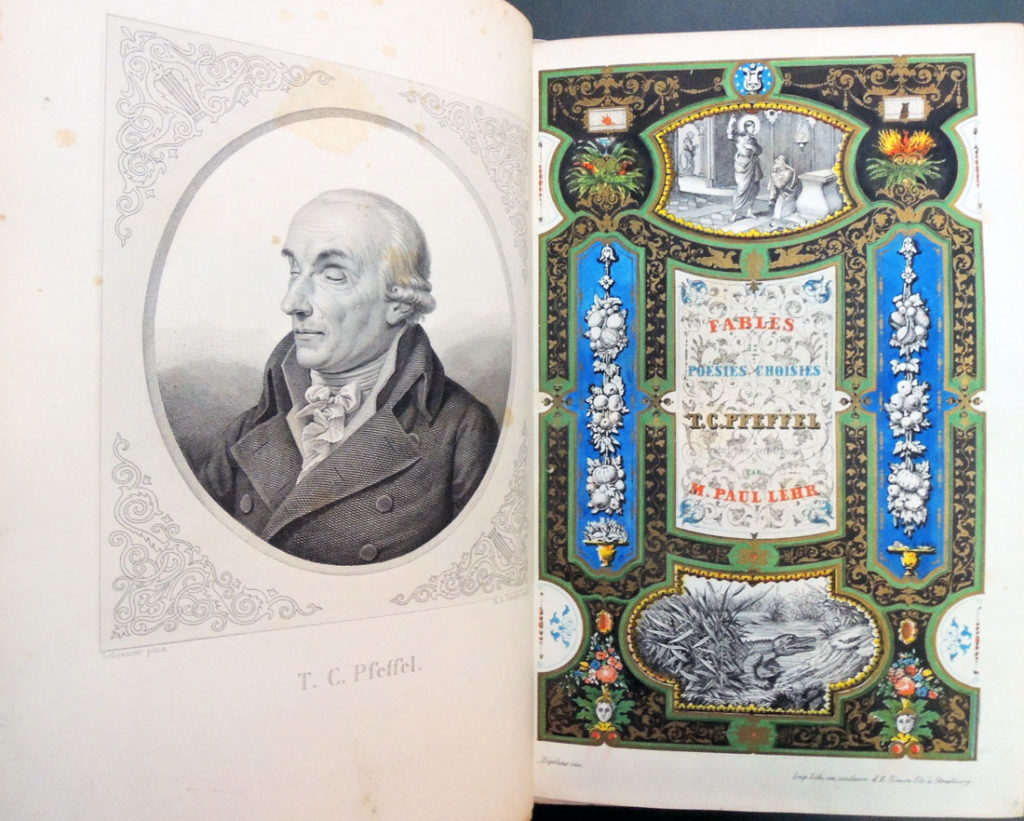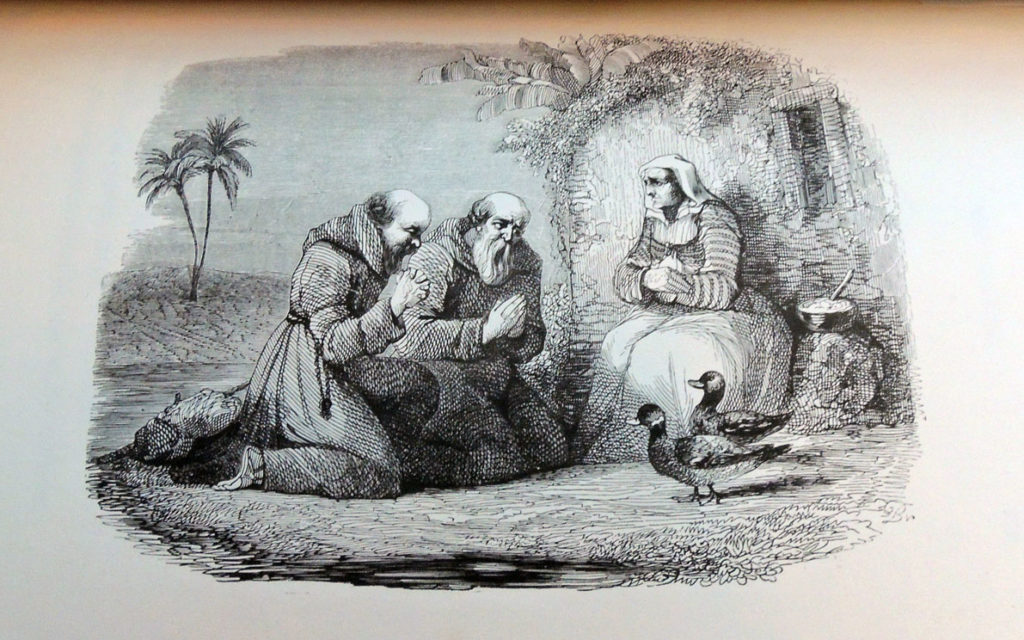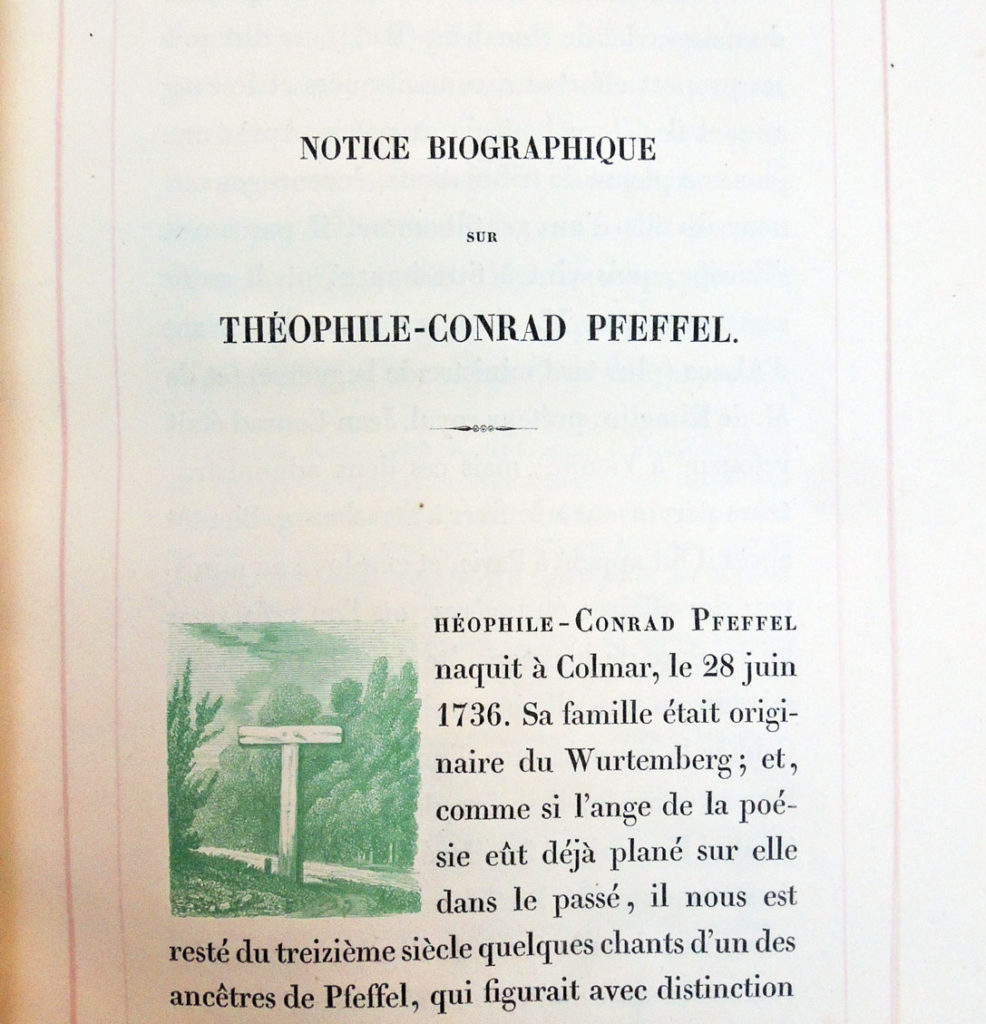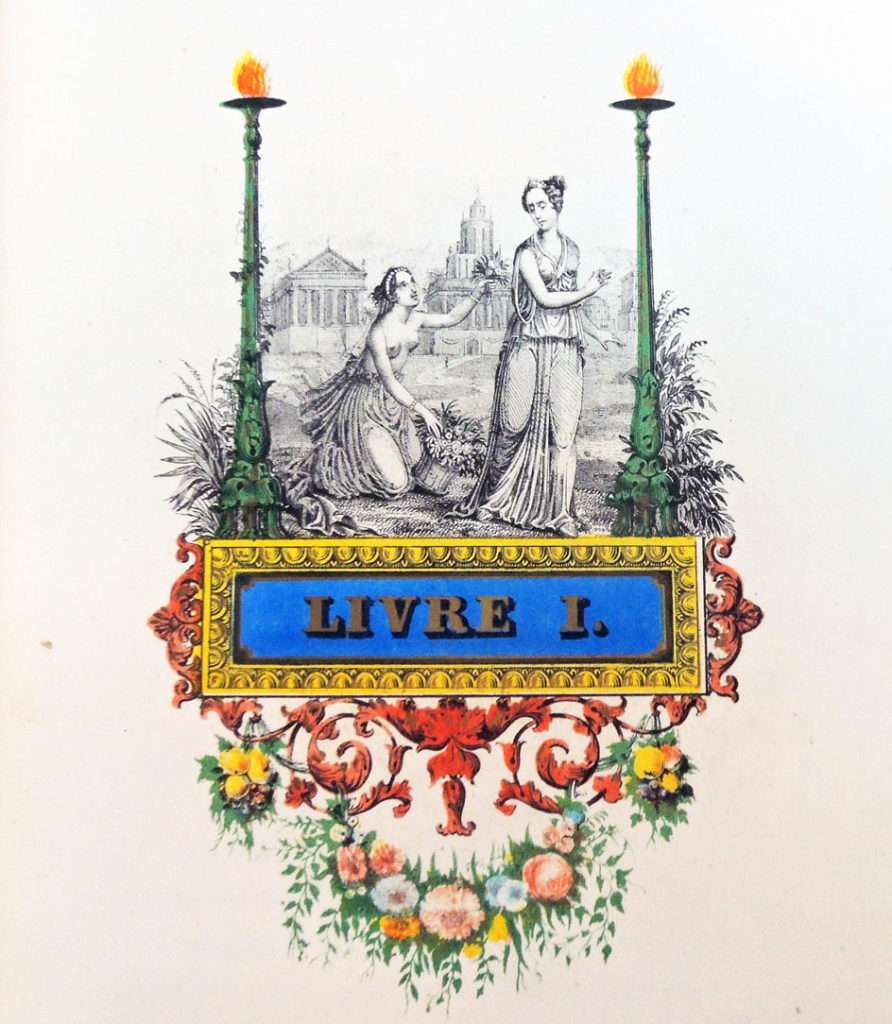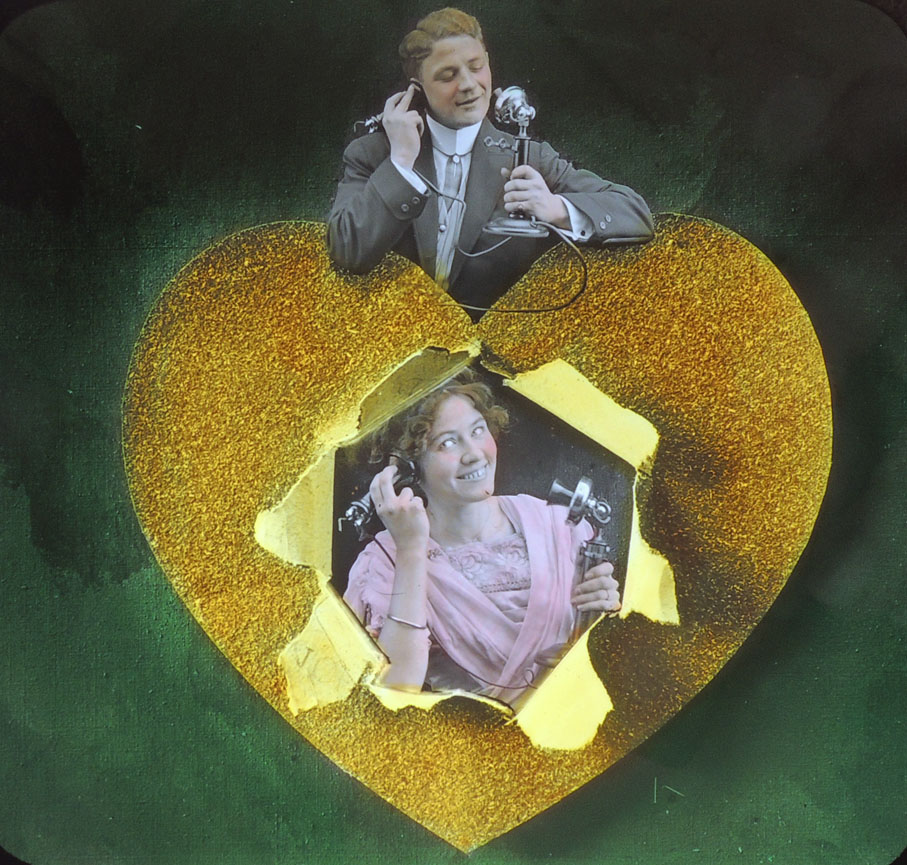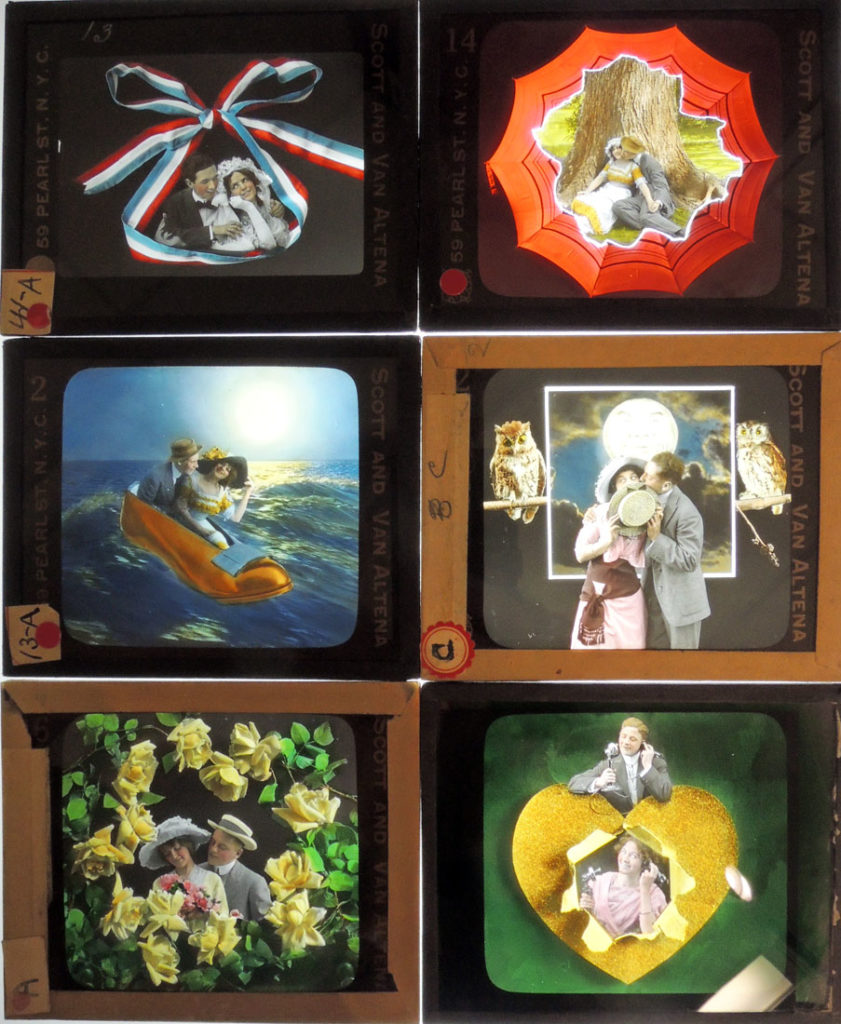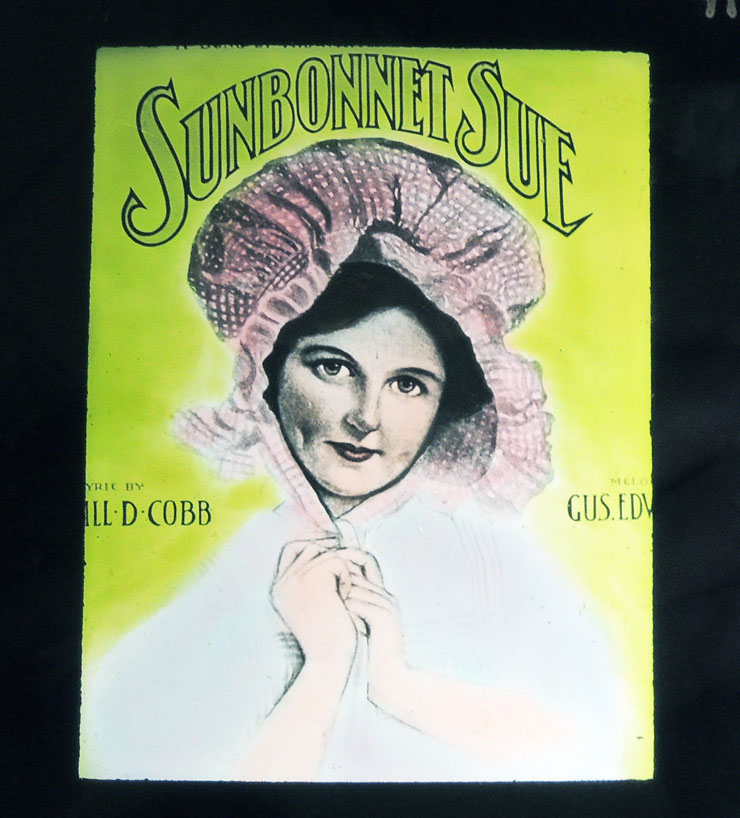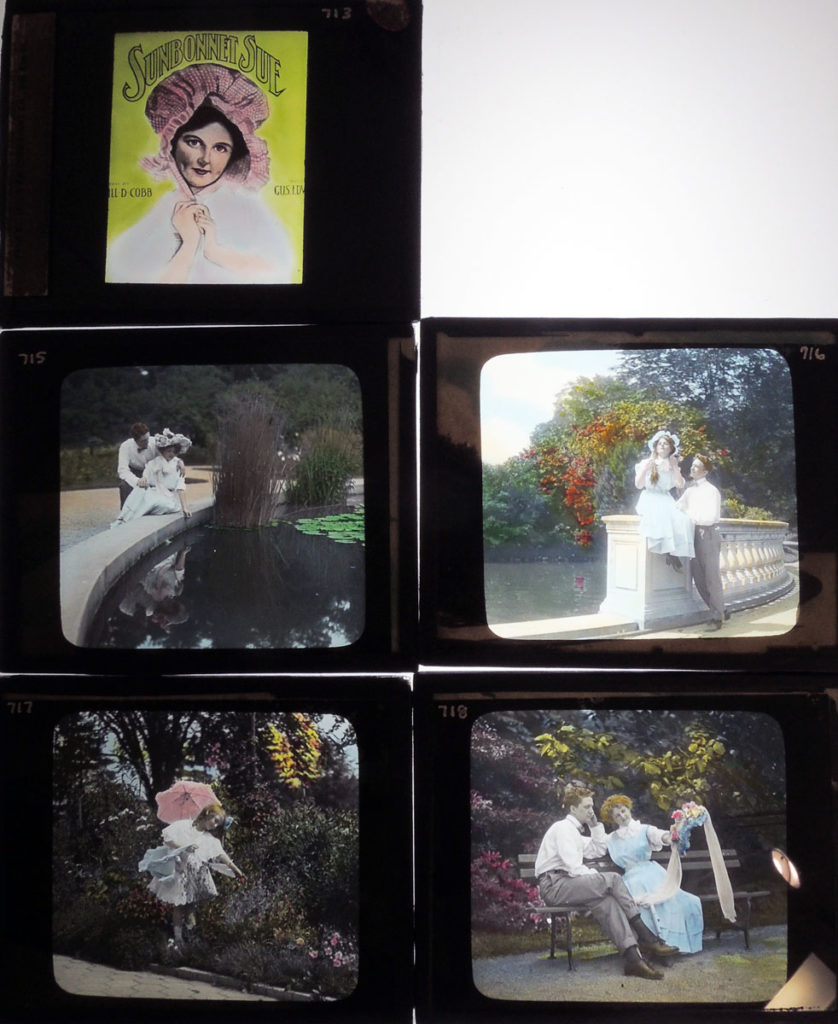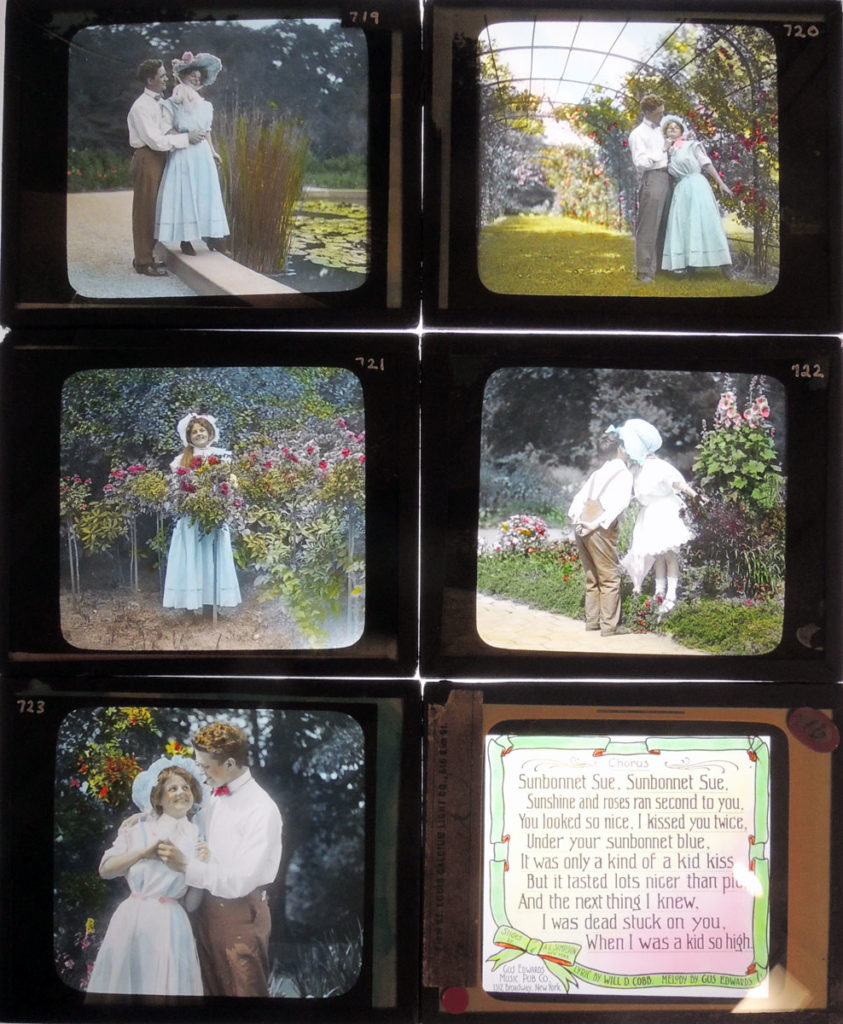Deadline: Tuesday, November 28, 2017
 Are you an avid collector of books, manuscripts, maps, photographs, or other materials found in libraries? If so, consider submitting an essay about your collection for a chance to win the Elmer Adler Undergraduate Book Collecting Prize!
Are you an avid collector of books, manuscripts, maps, photographs, or other materials found in libraries? If so, consider submitting an essay about your collection for a chance to win the Elmer Adler Undergraduate Book Collecting Prize!
Endowed from the estate of Elmer Adler, who for many years encouraged the collecting of books by Princeton undergraduates, this prize is awarded annually to undergraduate students who, in the opinion of a committee of judges, have shown the most thought and ingenuity in assembling a thematically coherent collection of books, manuscripts, or other material normally collected by libraries.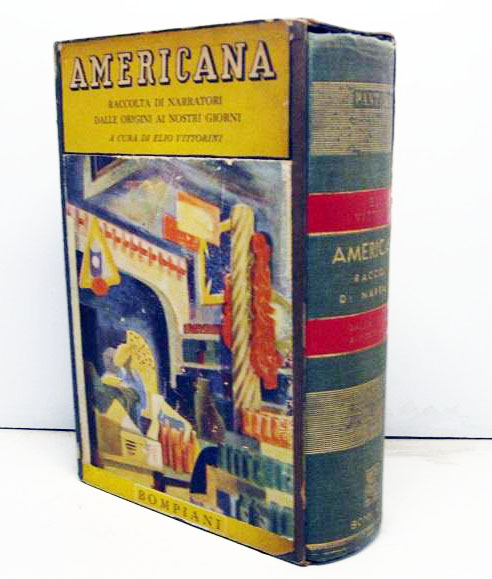
Please note that the rarity or monetary value of the student’s collection is not as important as the creativity and persistence shown in collecting and the fidelity of the collection to the goals described in a personal essay.
The personal essay is about a collection owned by the student that he or she actively collects or curates as opposed to an essay that focuses on whatever is found in one’s library. The essay should describe the thematic or artifactual nature of the collection and discuss with some specificity the unifying characteristics that have prompted the student to think of certain items as a collection. It should also convey a strong sense of the student’s motivations for collecting and what their particular collection means to them personally.
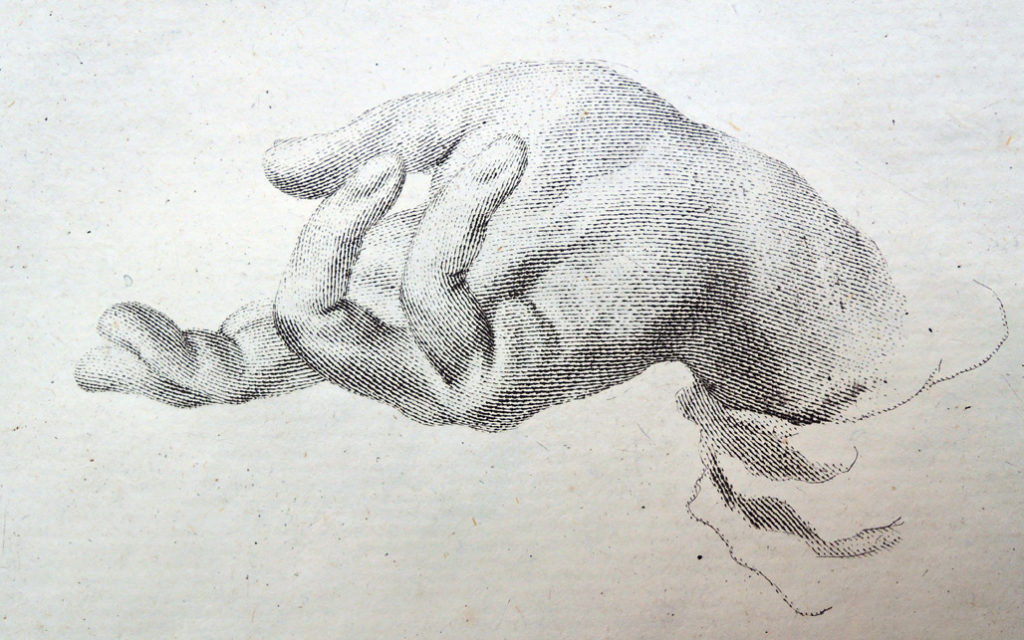
The history of the collection, including collecting goals, acquisition methods, and milestones are of particular interest, as is a critical look at how the goals may have evolved over time and an outlook on the future development of the collection. Essays are judged in equal measures on the strength of the collection and the strength of the writing.
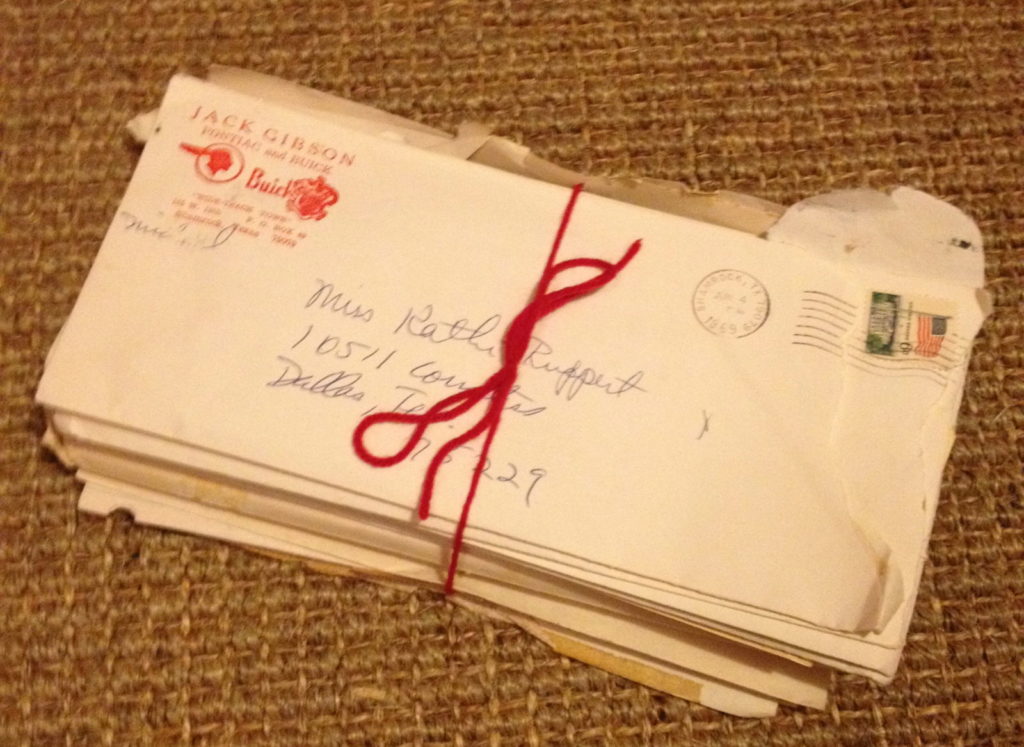 Winners will receive their prizes at an annual dinner of the Friends of the Princeton University Library, which they are expected to attend. The first-prize essay has the honor of representing Princeton University in the National Collegiate Book Collecting Contest organized by the Antiquarian Booksellers’ Association of America. Please note that per the ABAA’s contest rules, the winning essay will be entered exactly as submitted to the Adler Prize contest, without possibility of revision. In addition, the first-prize winner will have the opportunity to have his or her essay featured in a Library-affiliated publication.
Winners will receive their prizes at an annual dinner of the Friends of the Princeton University Library, which they are expected to attend. The first-prize essay has the honor of representing Princeton University in the National Collegiate Book Collecting Contest organized by the Antiquarian Booksellers’ Association of America. Please note that per the ABAA’s contest rules, the winning essay will be entered exactly as submitted to the Adler Prize contest, without possibility of revision. In addition, the first-prize winner will have the opportunity to have his or her essay featured in a Library-affiliated publication.
Prize amounts:
First prize: $2000
Second prize: $1500
Third prize: $1000
The deadline for submission is Tuesday, November 28, 2017. Essays should be submitted via e-mail, in a Microsoft Word attachment, to Julie Mellby, jmellby@princeton.edu. They should be between 9-10 pages long, 12pt, double-spaced, with a 1-inch margin, and include a separate cover sheet with your name, class year, residential address, email address, and phone number.
In addition to the essay, each entry should include a selected bibliography of no more than 3 pages detailing the items in the collection. Please note that essays submitted in file formats other than Microsoft Word, submitted without cover sheet, or submitted without a bibliography will not be forwarded to the judges.
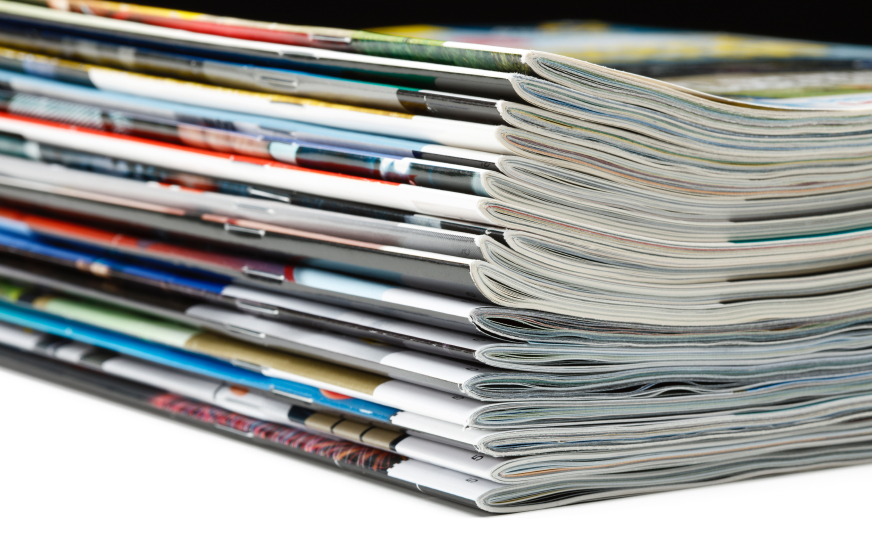 For inquiries, please contact Julie Mellby, jmellby@princeton.edu.
For inquiries, please contact Julie Mellby, jmellby@princeton.edu.
Recent Adler Prize Winning Essays:
Matthew Kritz, ’18. “Books Unforgotten: Finding the Lost Volumes of My Tradition.”
Nandita Rao, ’17. “Of Relationships: Recording Ties through My LP Collection.”
Samantha Flitter, ’16. “The Sand and the Sea: An Age of Sail in Rural New Mexico.” also the recipient of the 2016 National Collegiate Book Collection Contest Essay Award.
Anna Leader ’18. “‘Like a Thunderstorm’; A Shelved Story of Love and Literature” Princeton University Library Chronicle 76:3 (spring)
Rory Fitzpatrick ‘16. “The Search for the Shape of the Universe, One Book at a Time.” PULC 75:3 (spring)
Natasha Japanwala ’14. “Conversation Among the Ruins: Collecting Books By and About Sylvia Plath.” PULC 74:2 (winter)
Mary Thierry ’12. “Mirror, Mirror: American Daguerrean Portraits.” PULC 73:3 (spring)

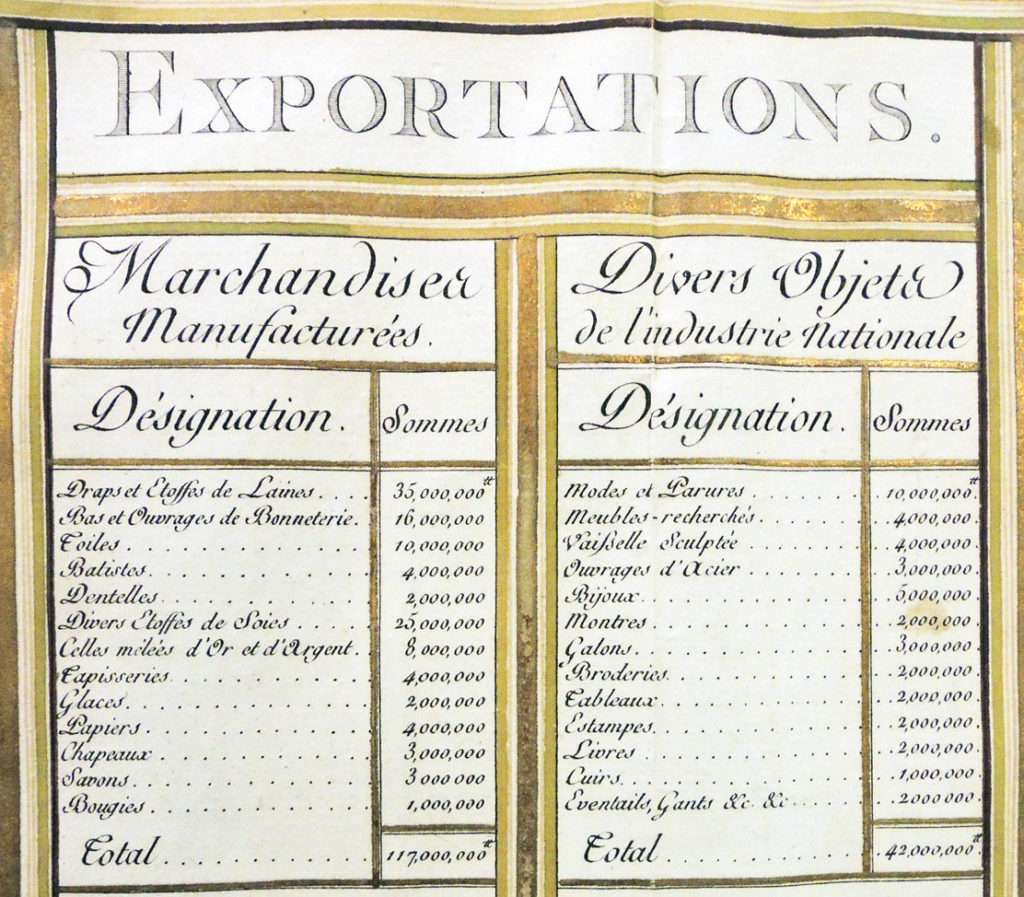 Note on the right: Various objects of national industry include paintings, prints, books, leather, and fans, gloves, etc.
Note on the right: Various objects of national industry include paintings, prints, books, leather, and fans, gloves, etc.
